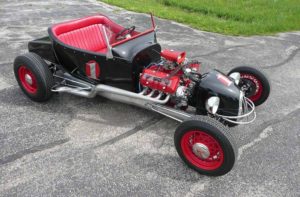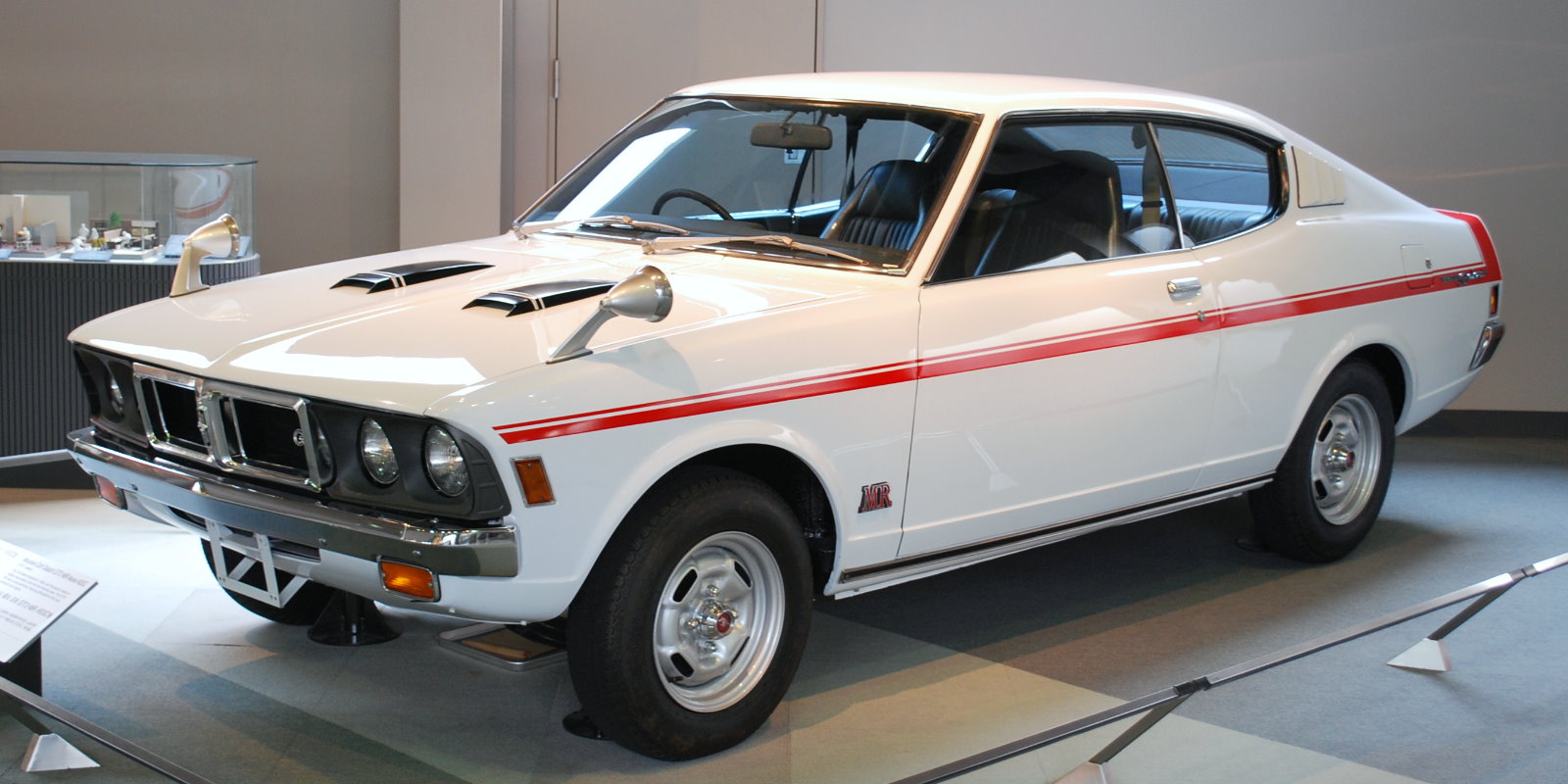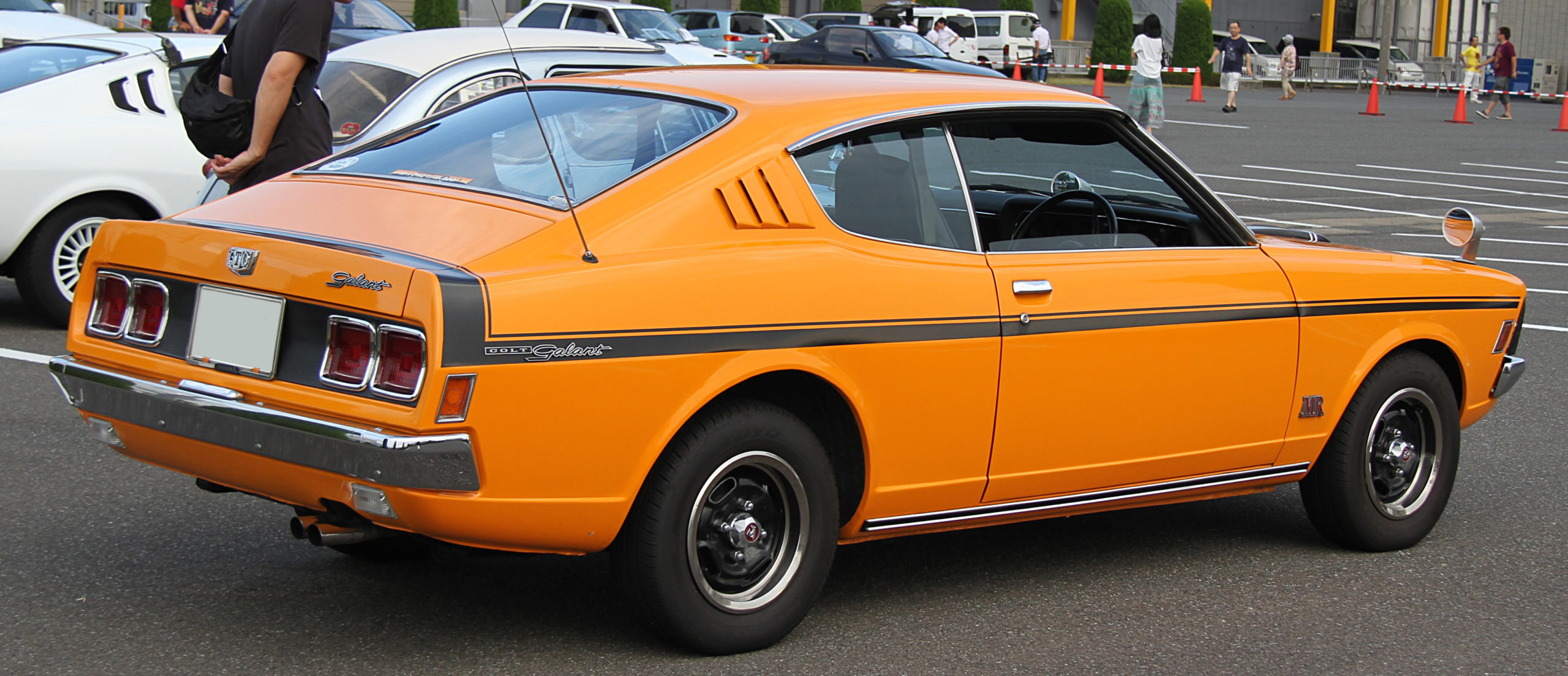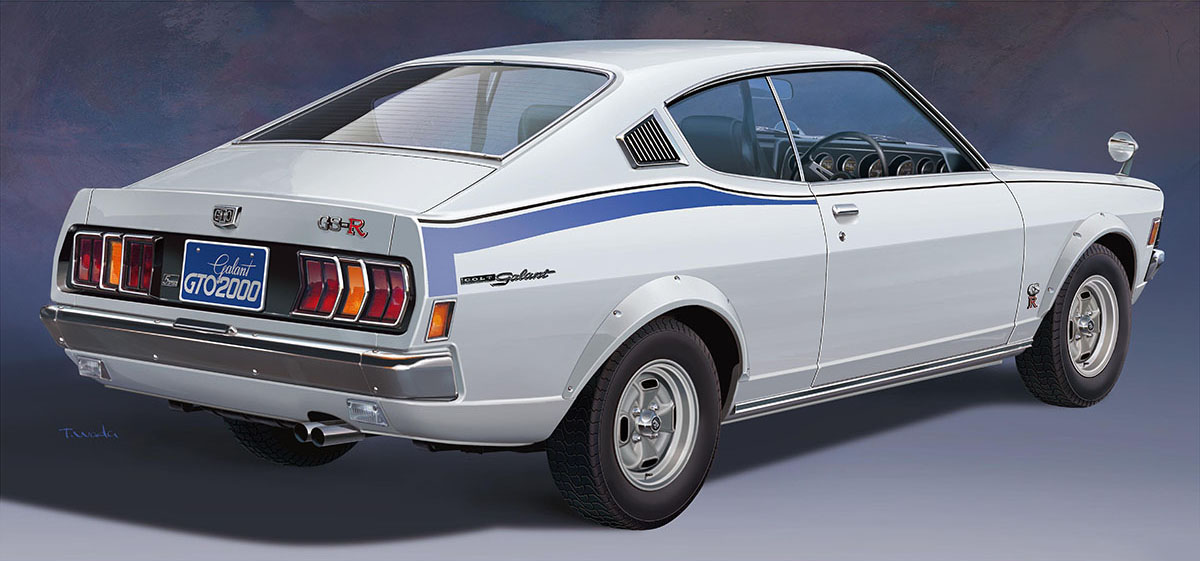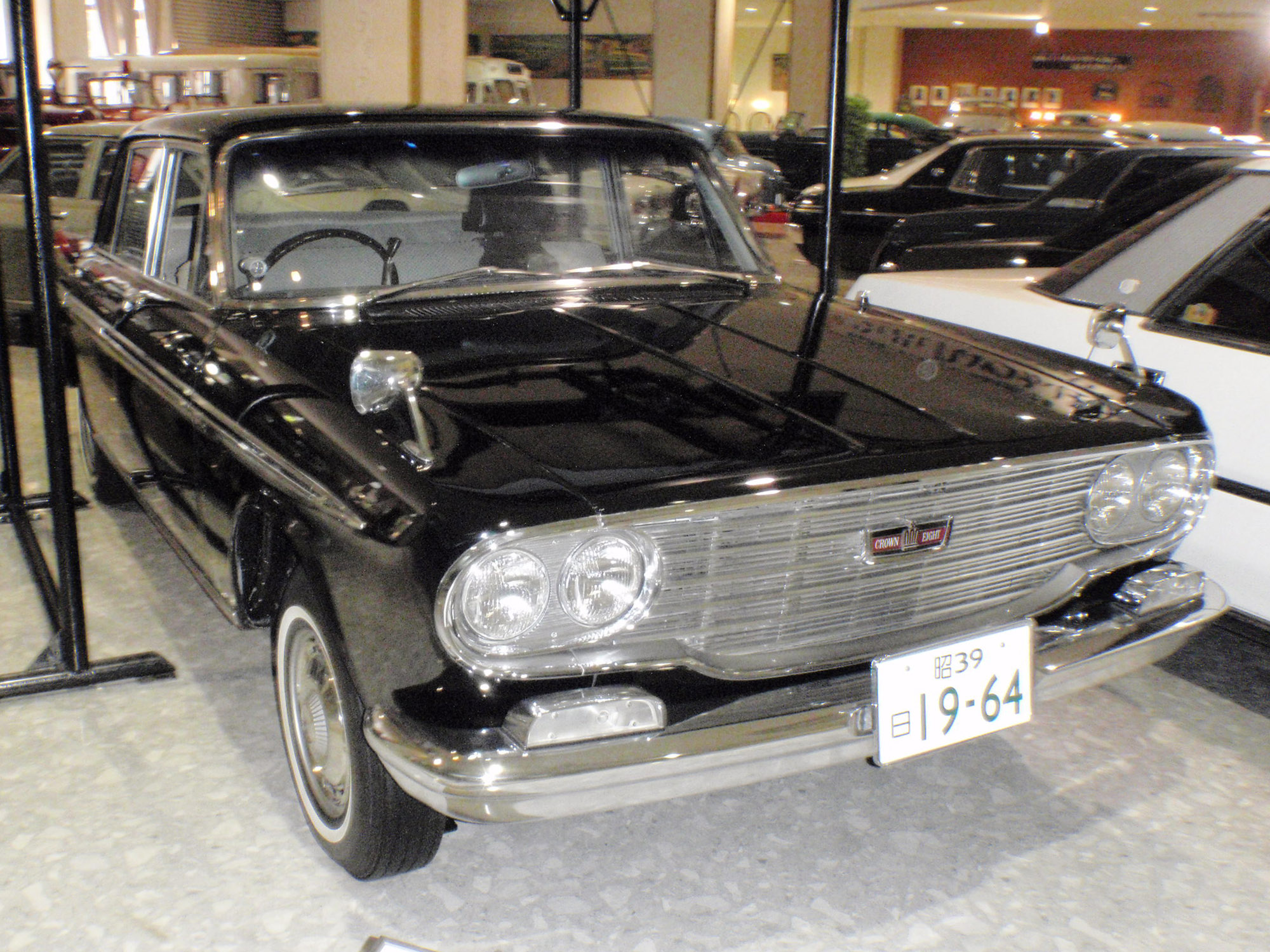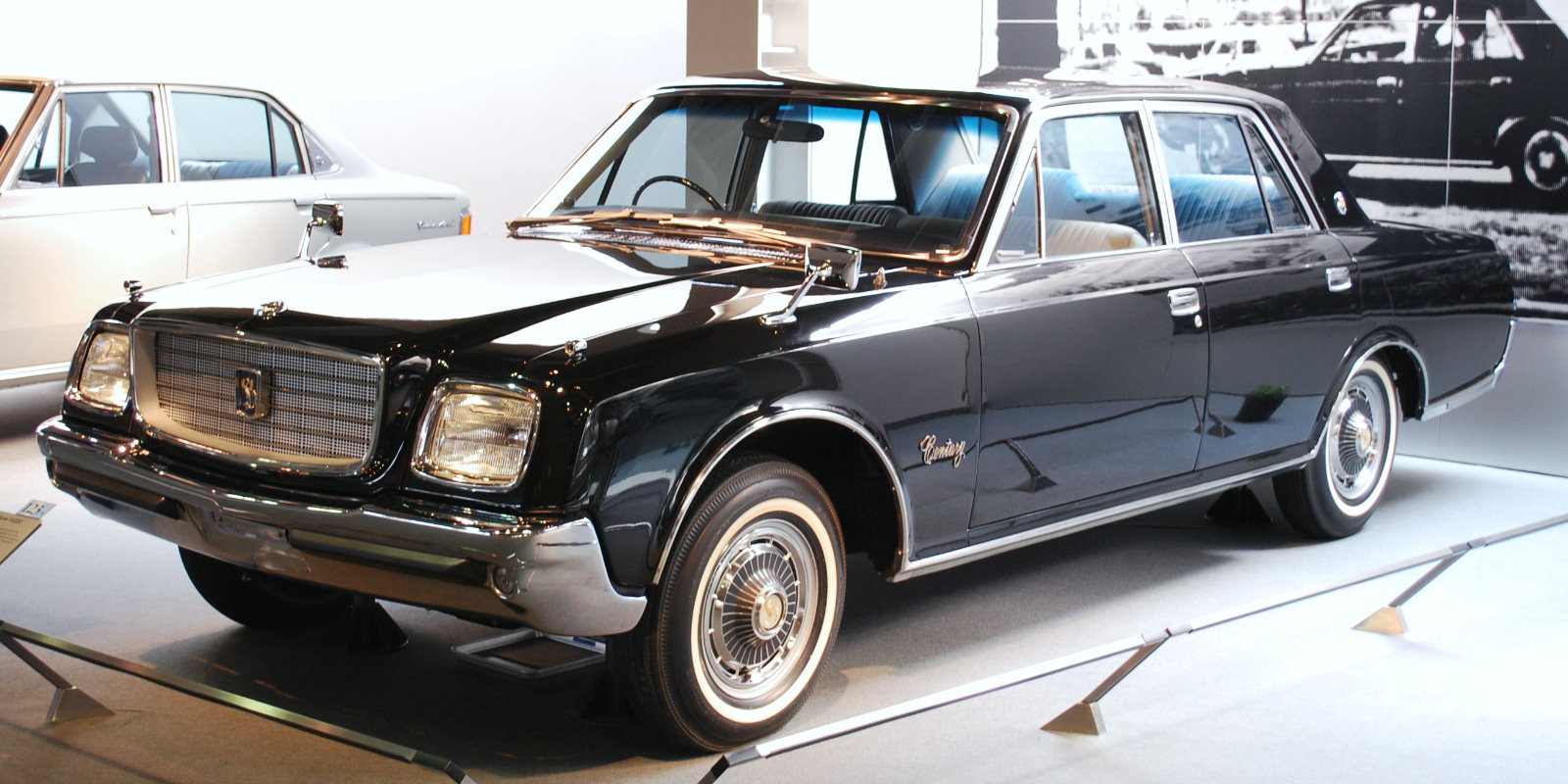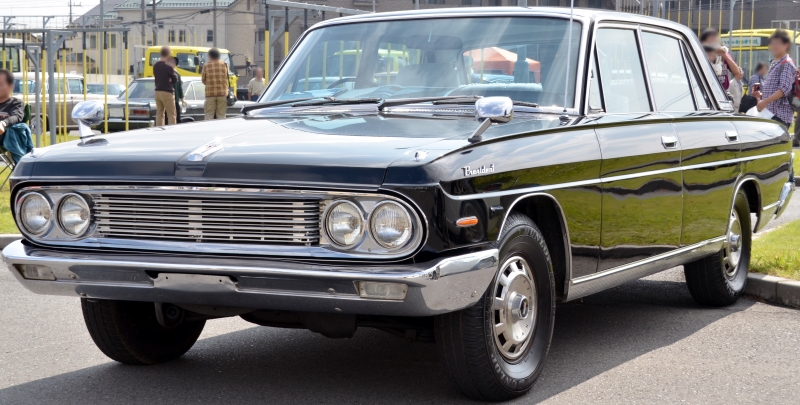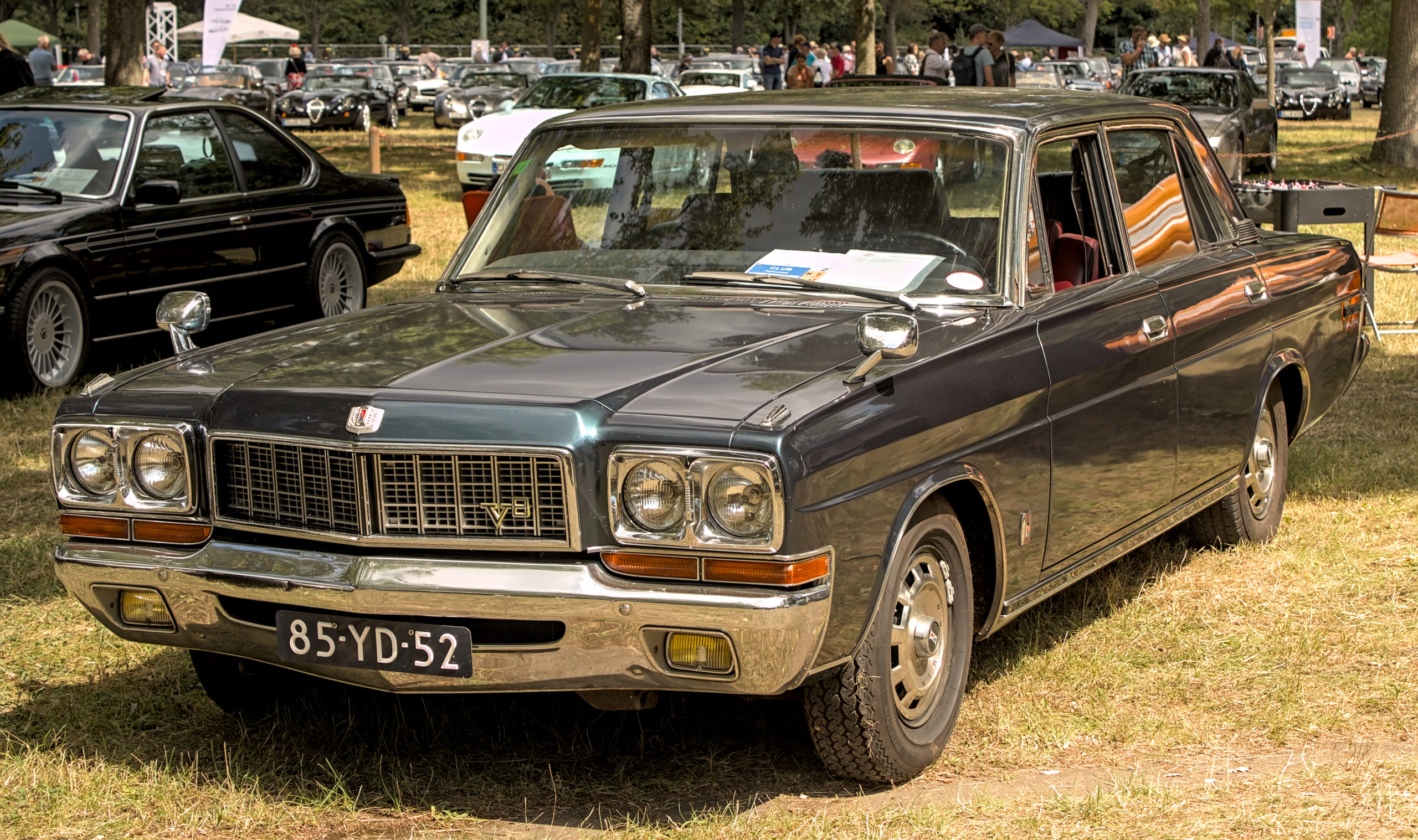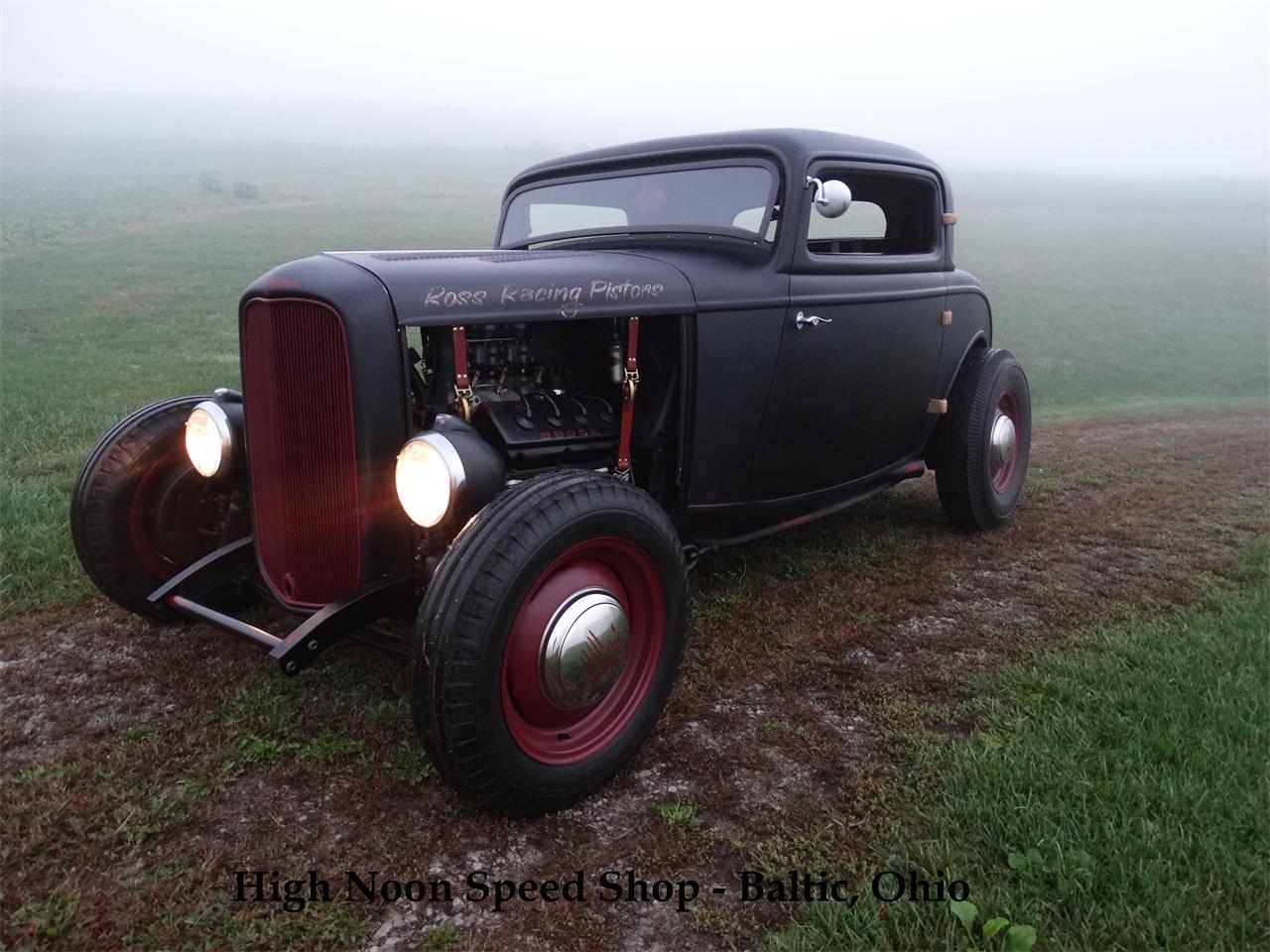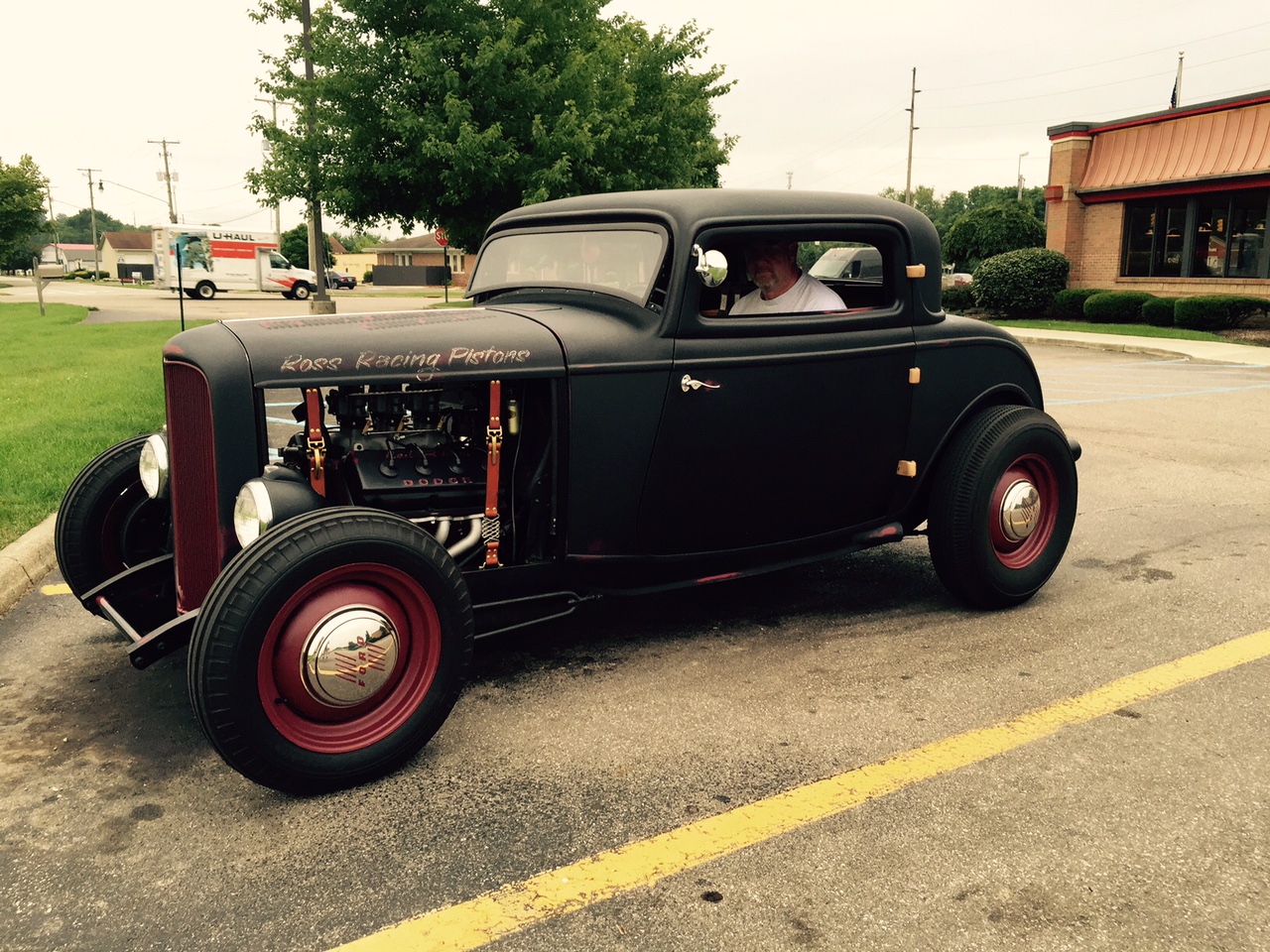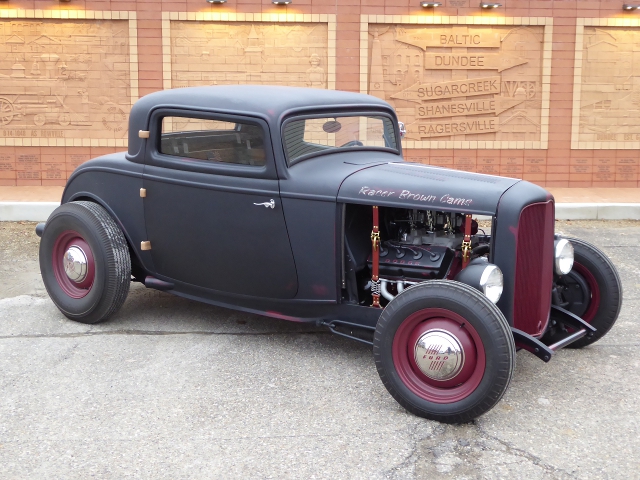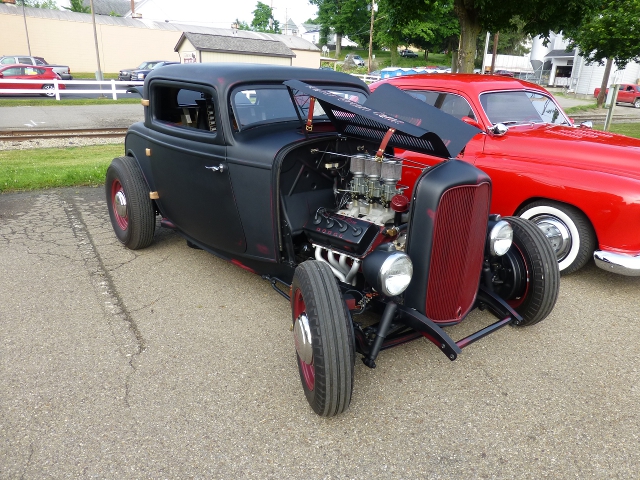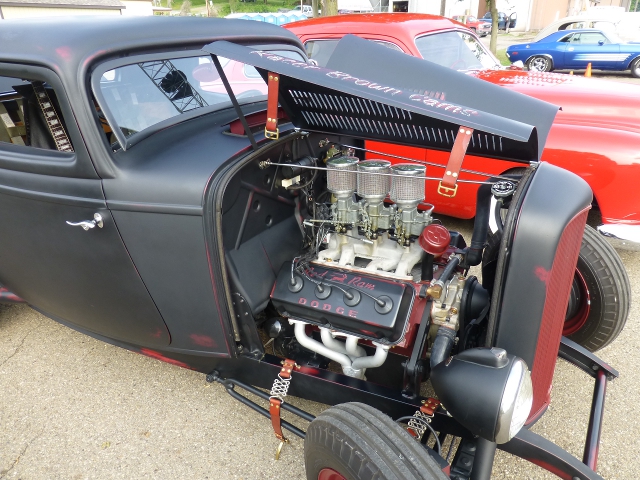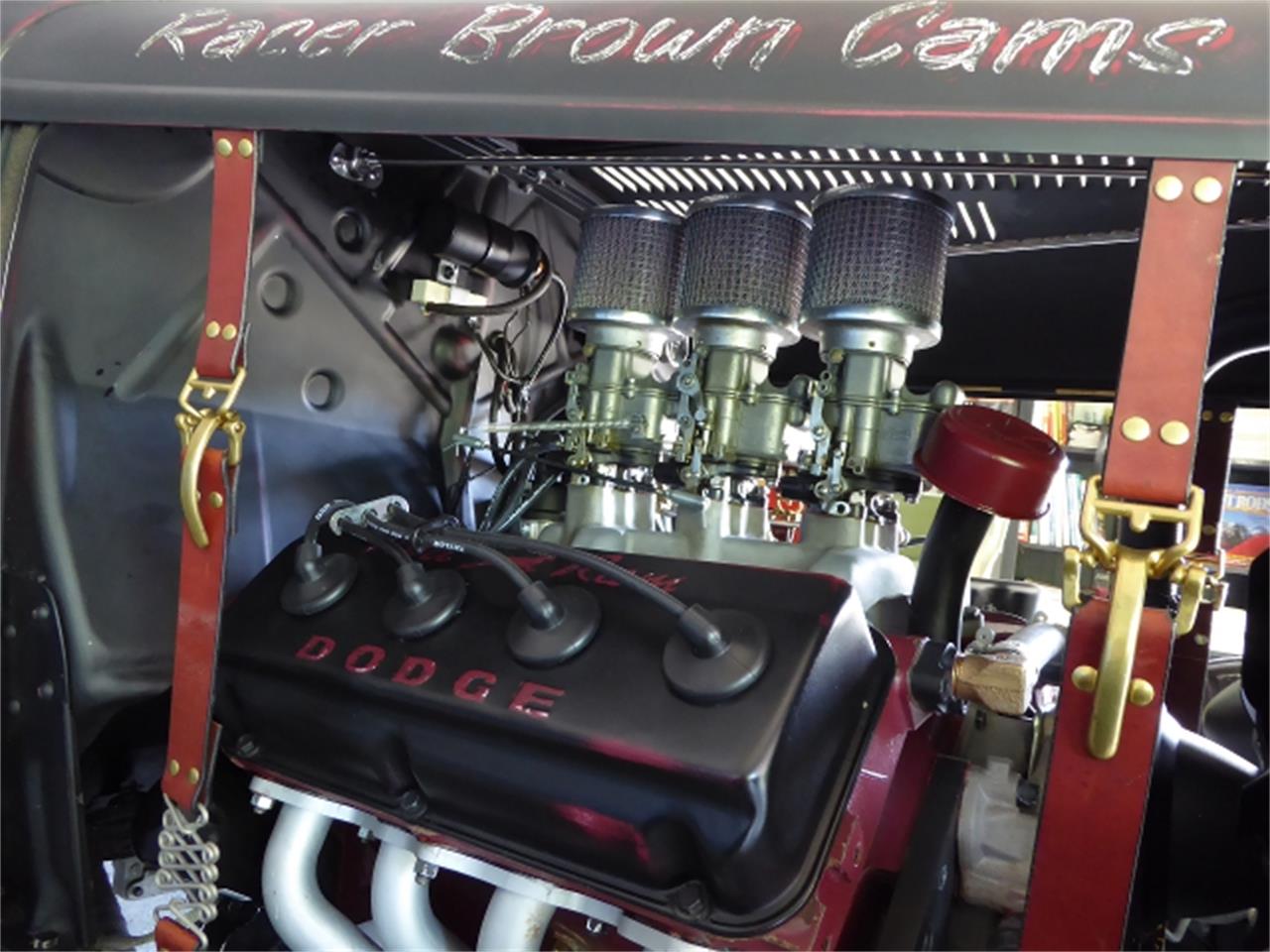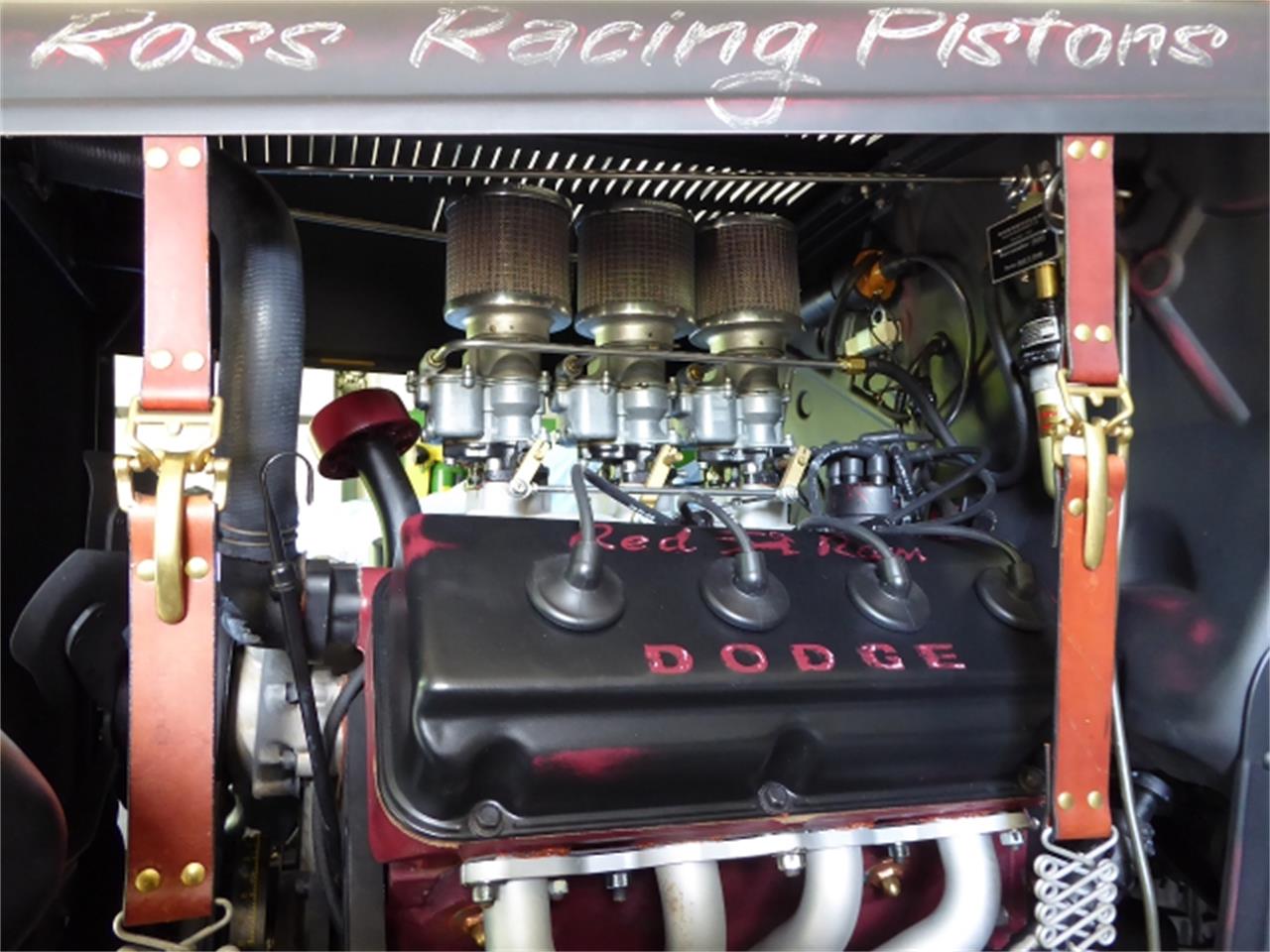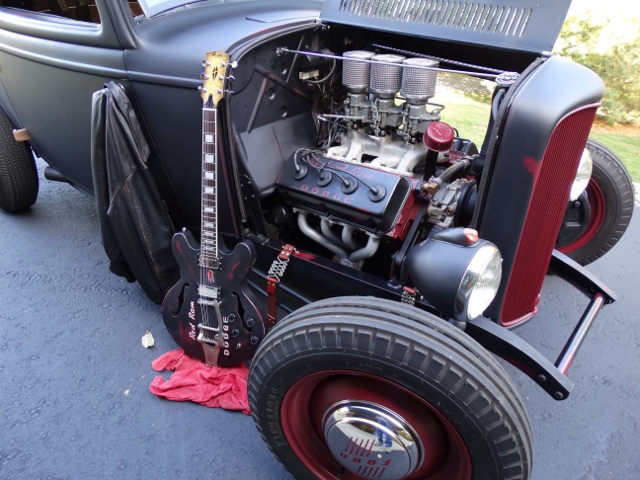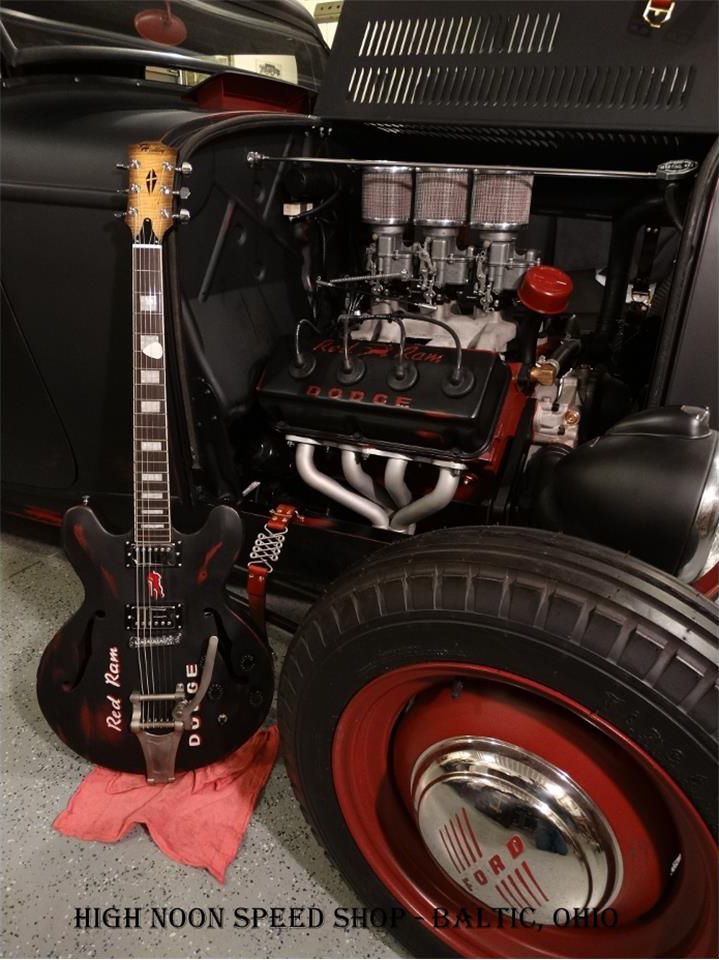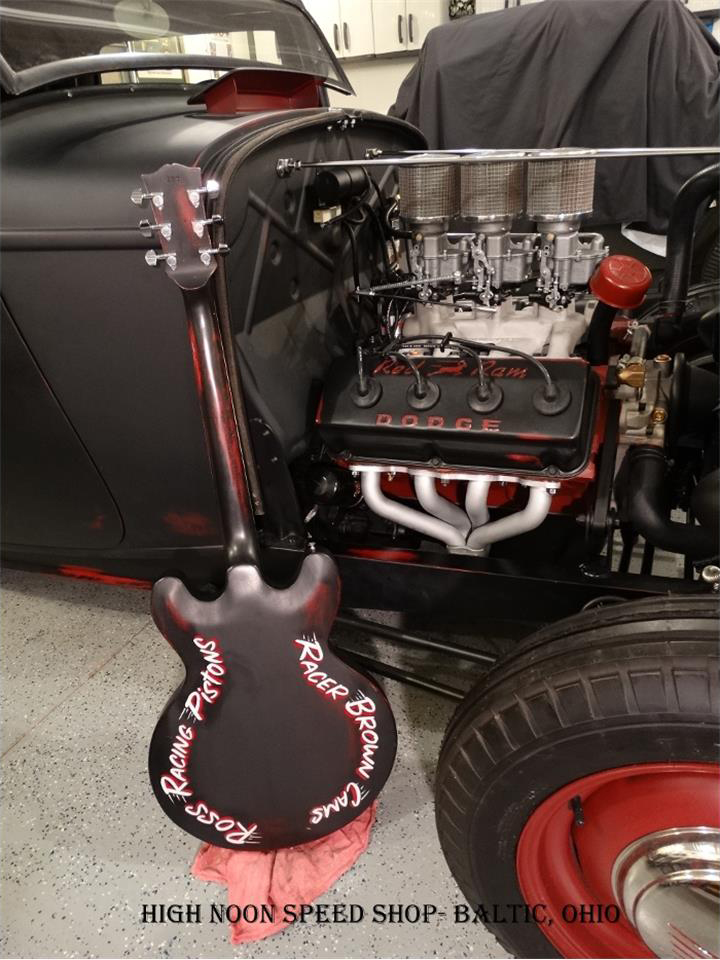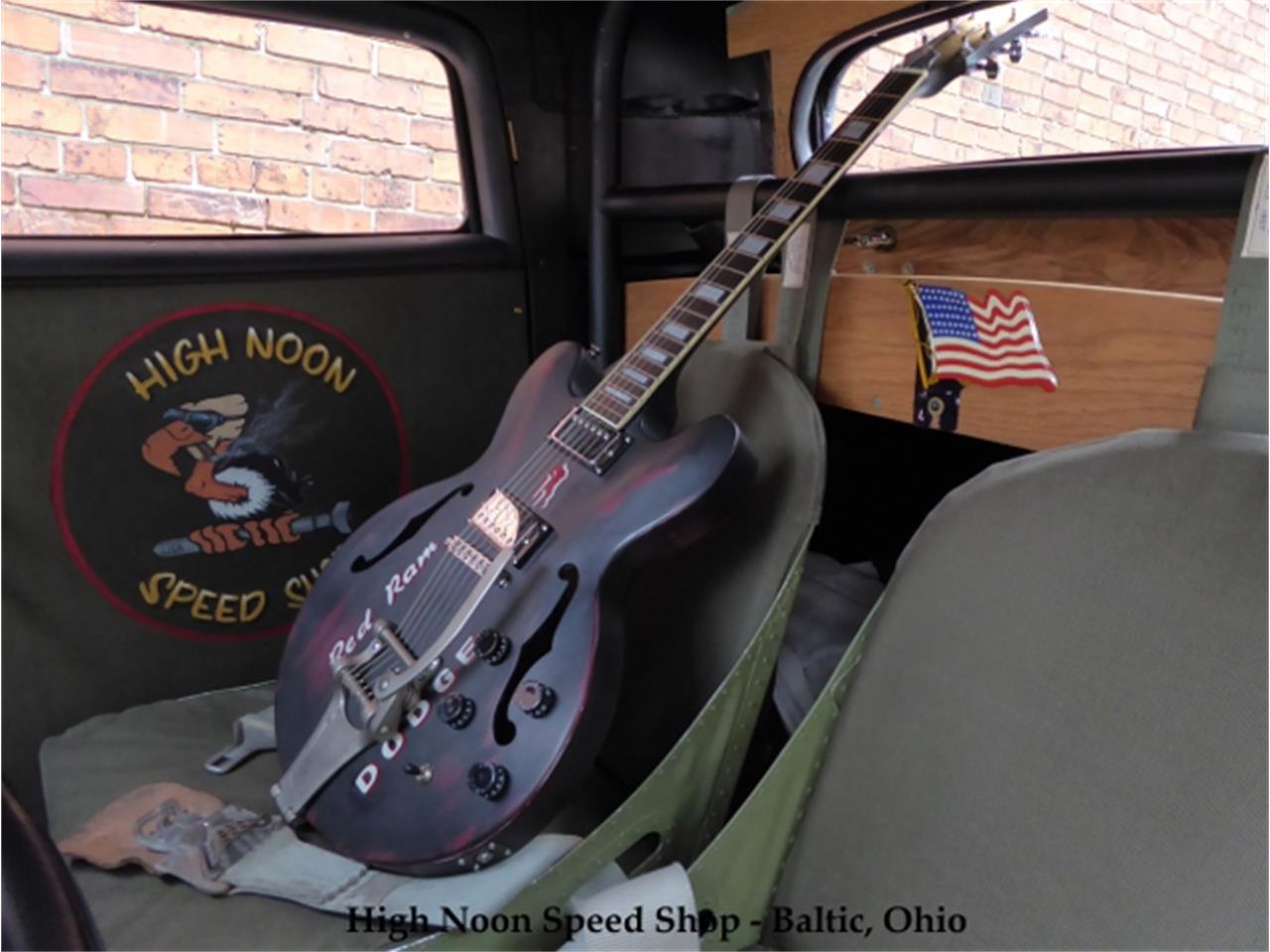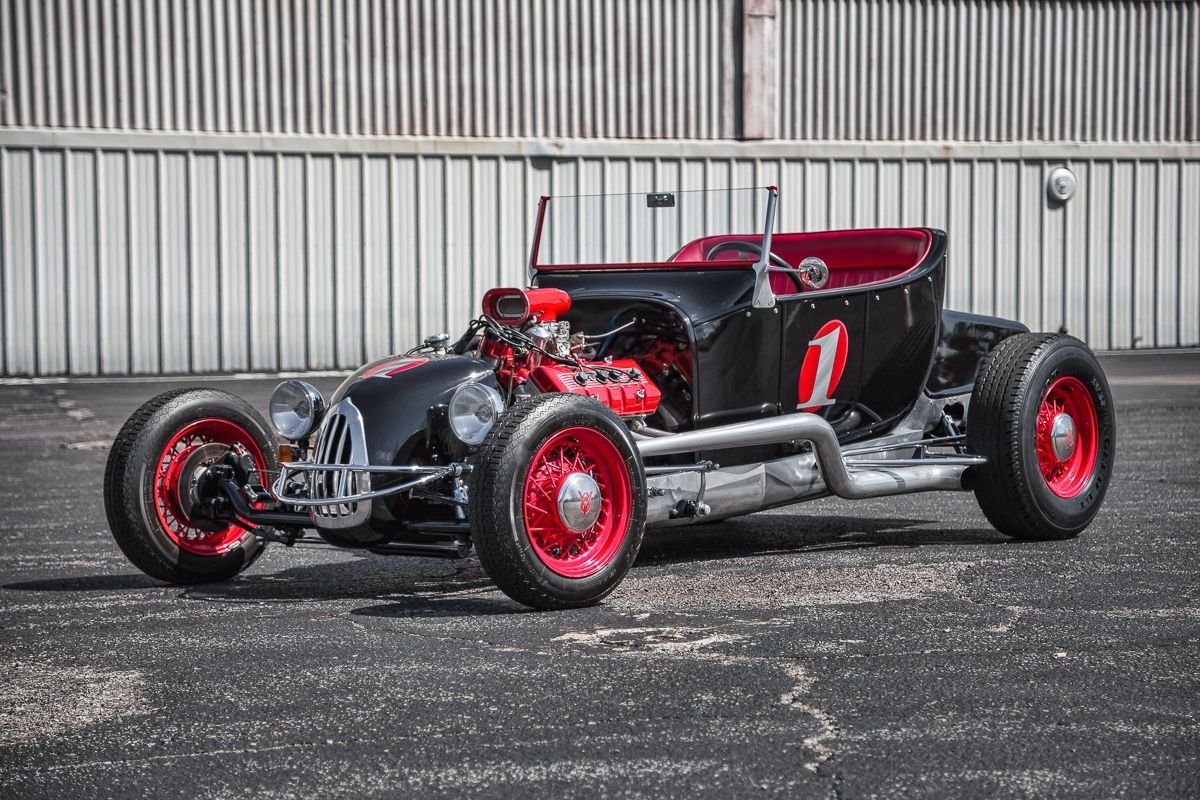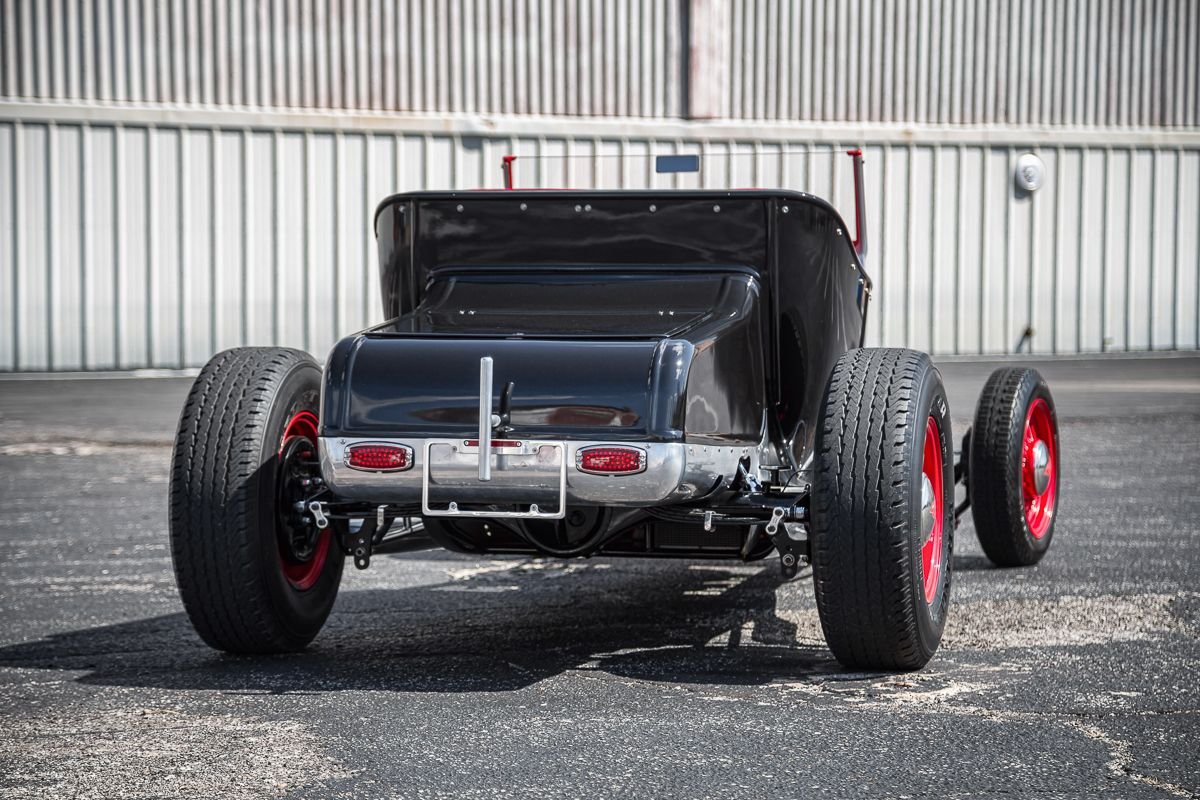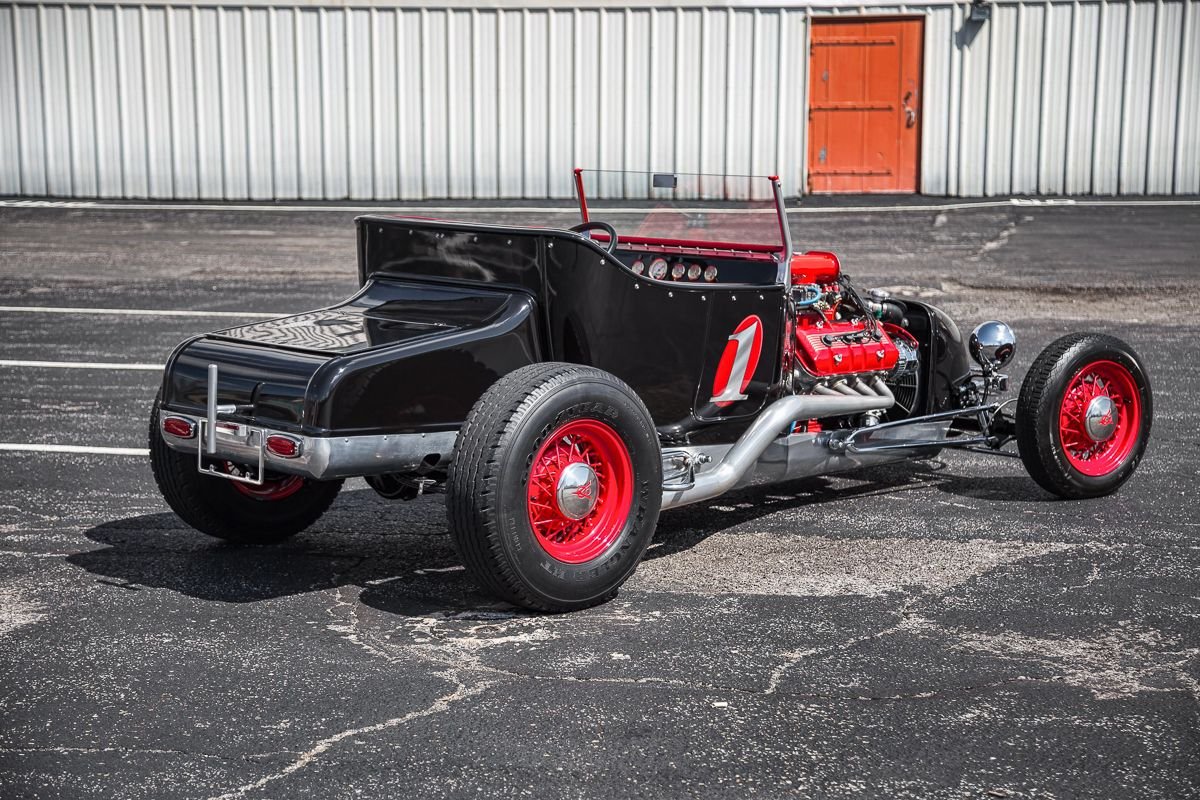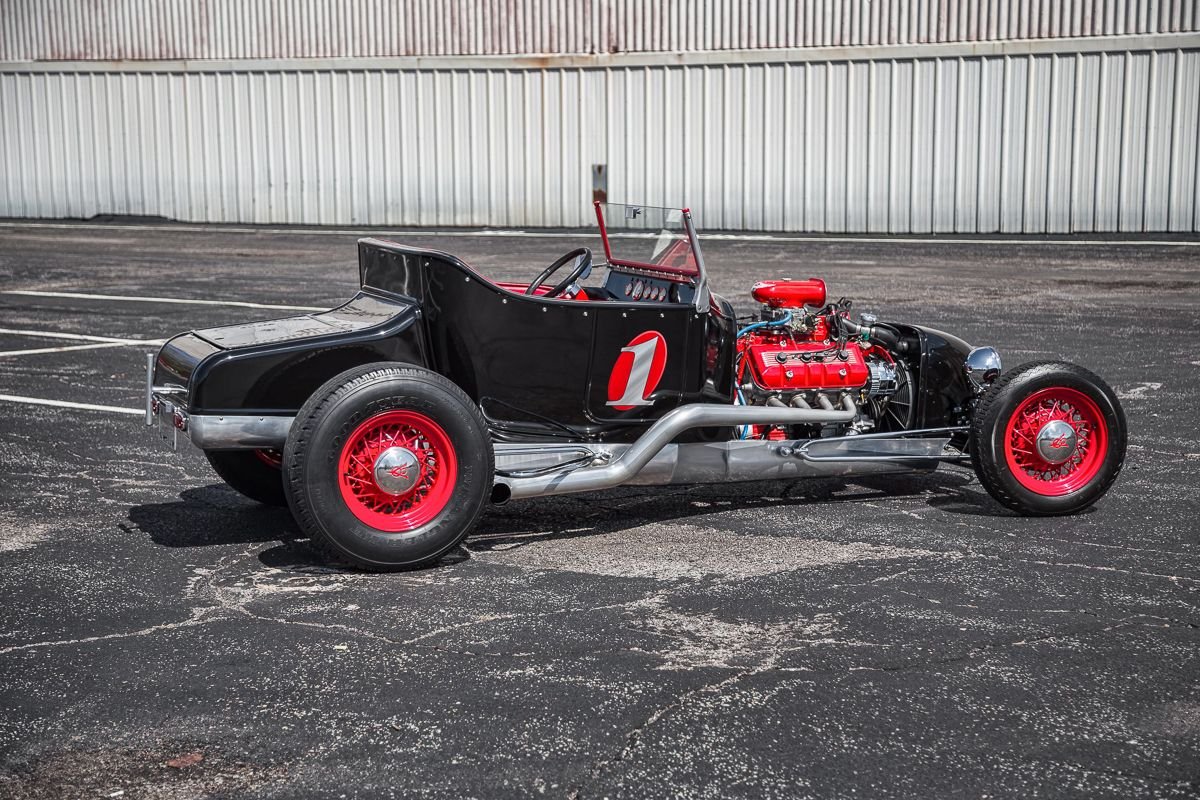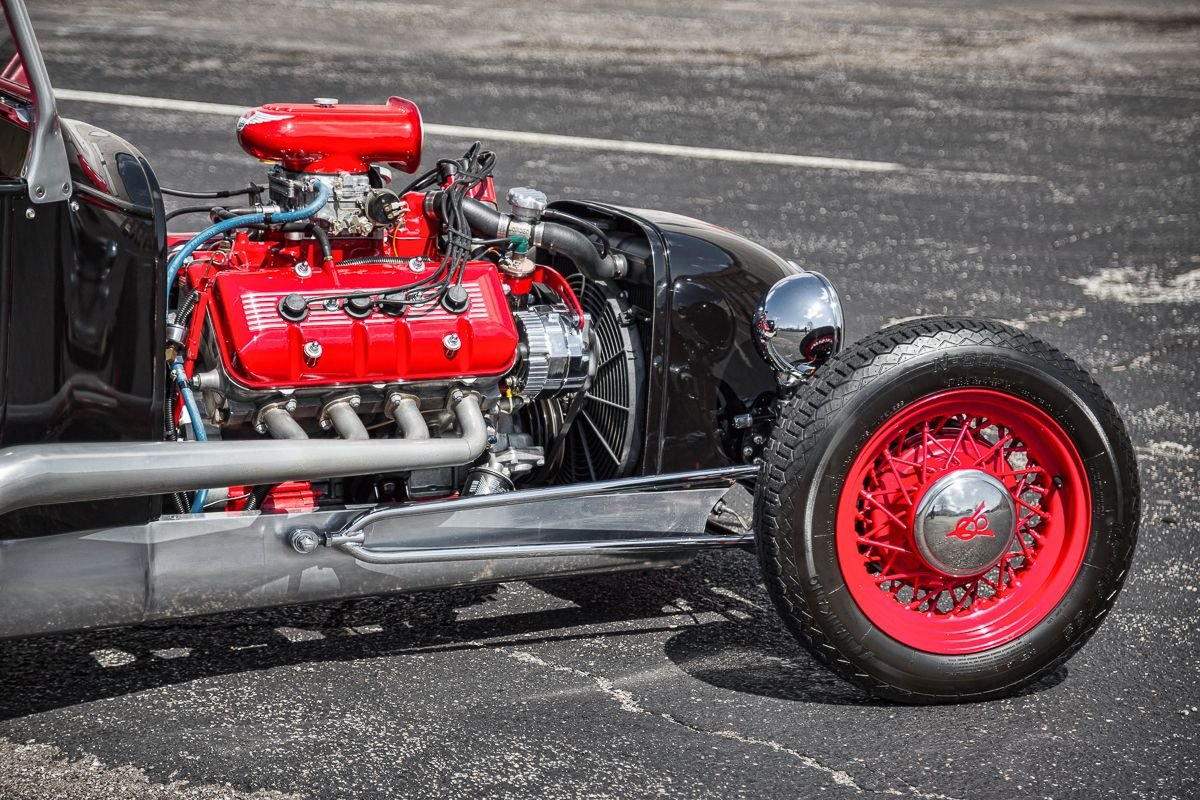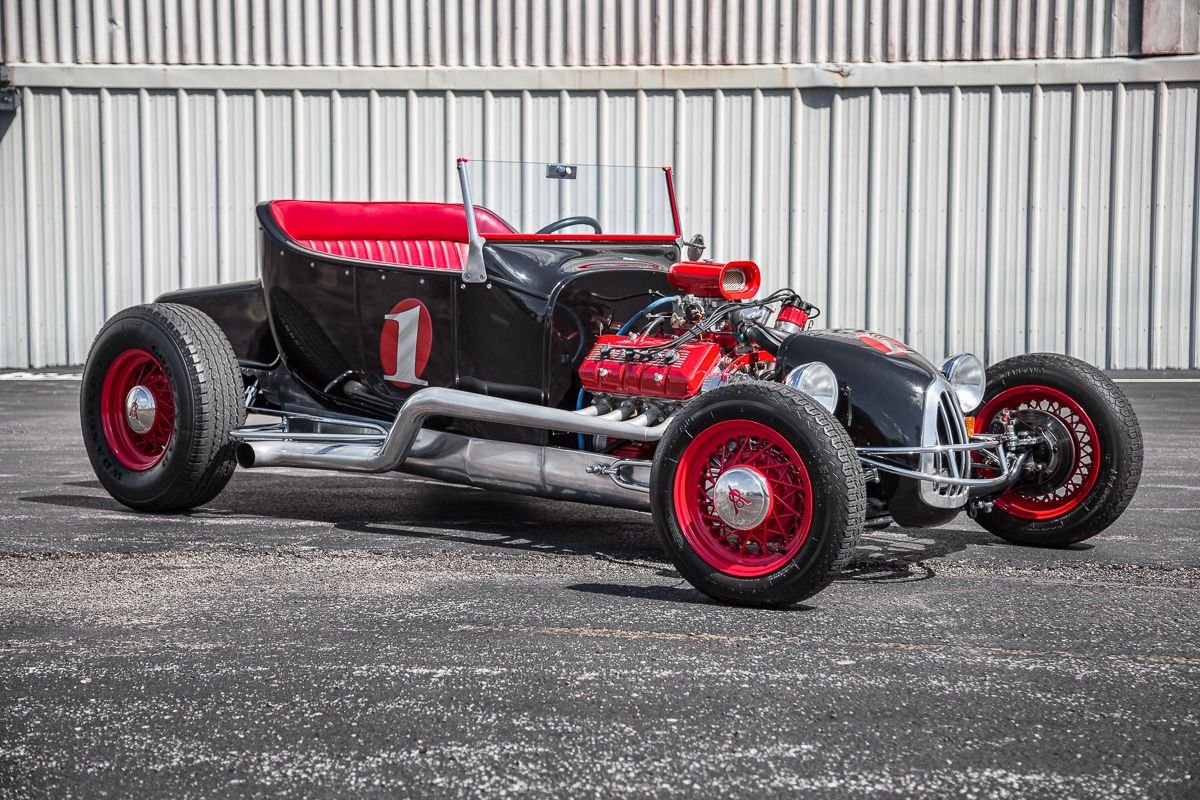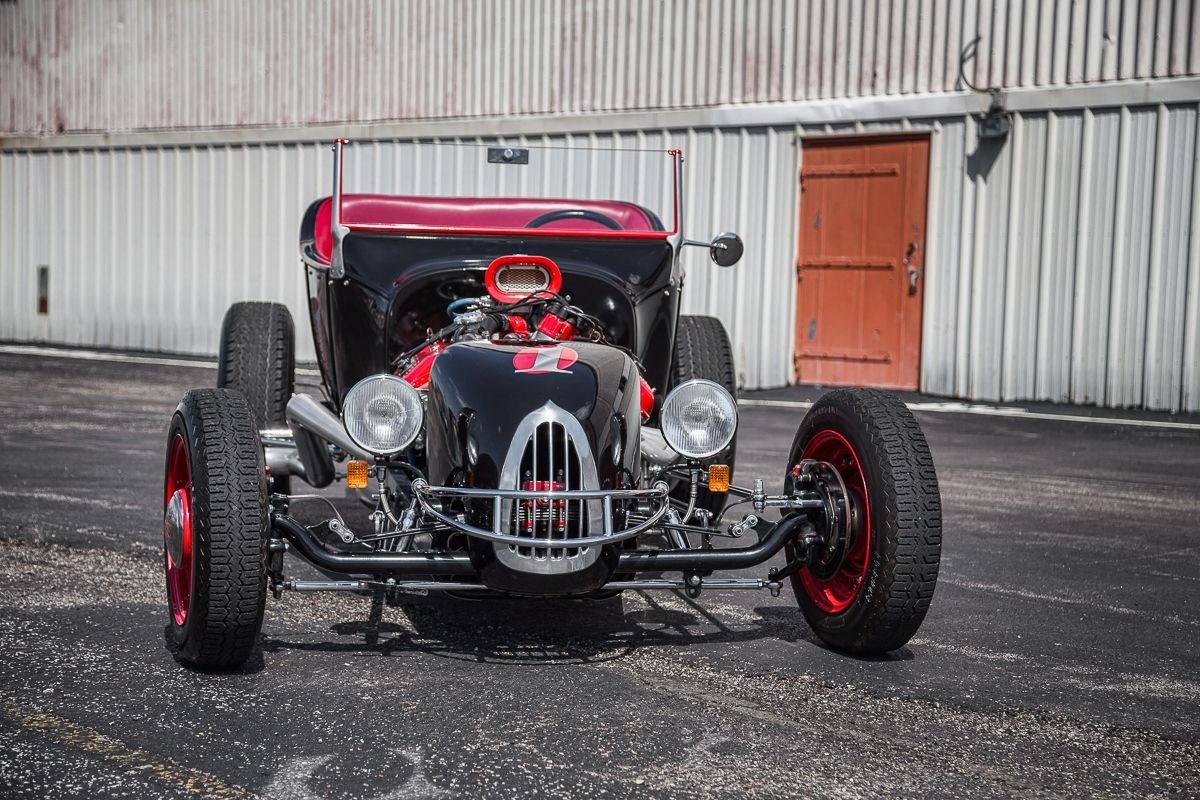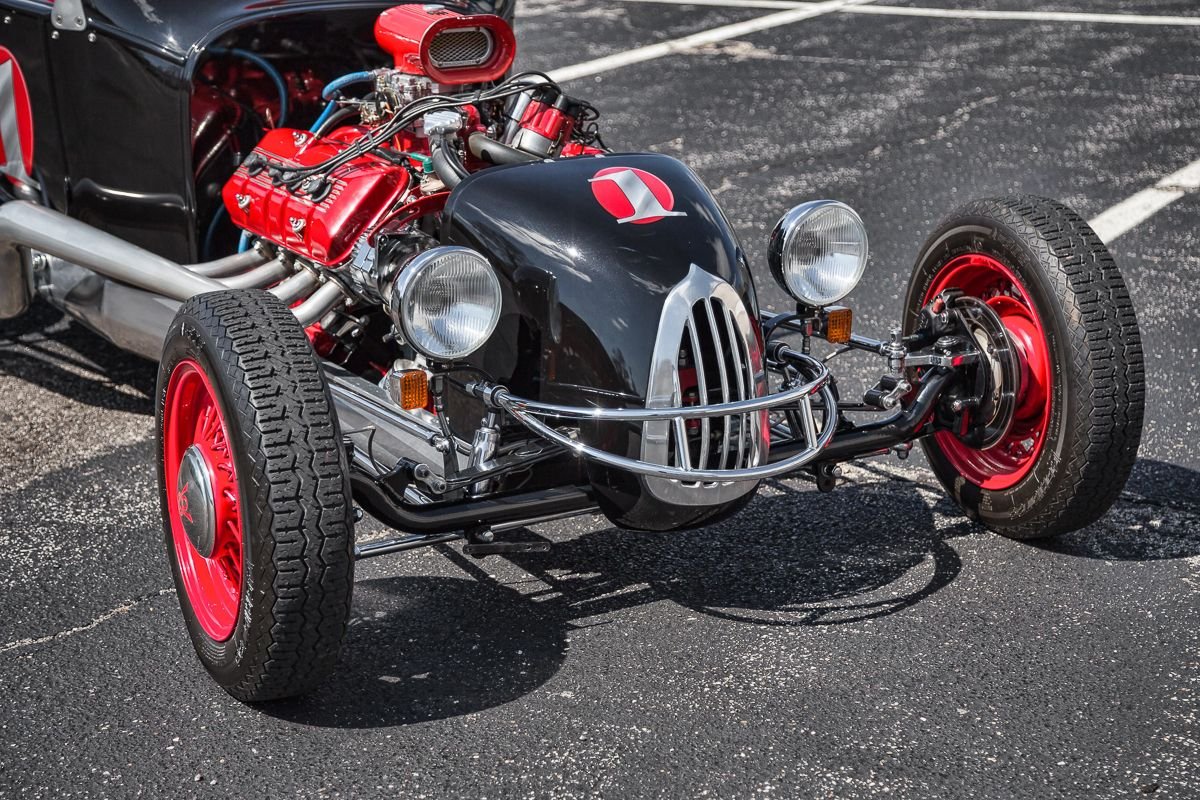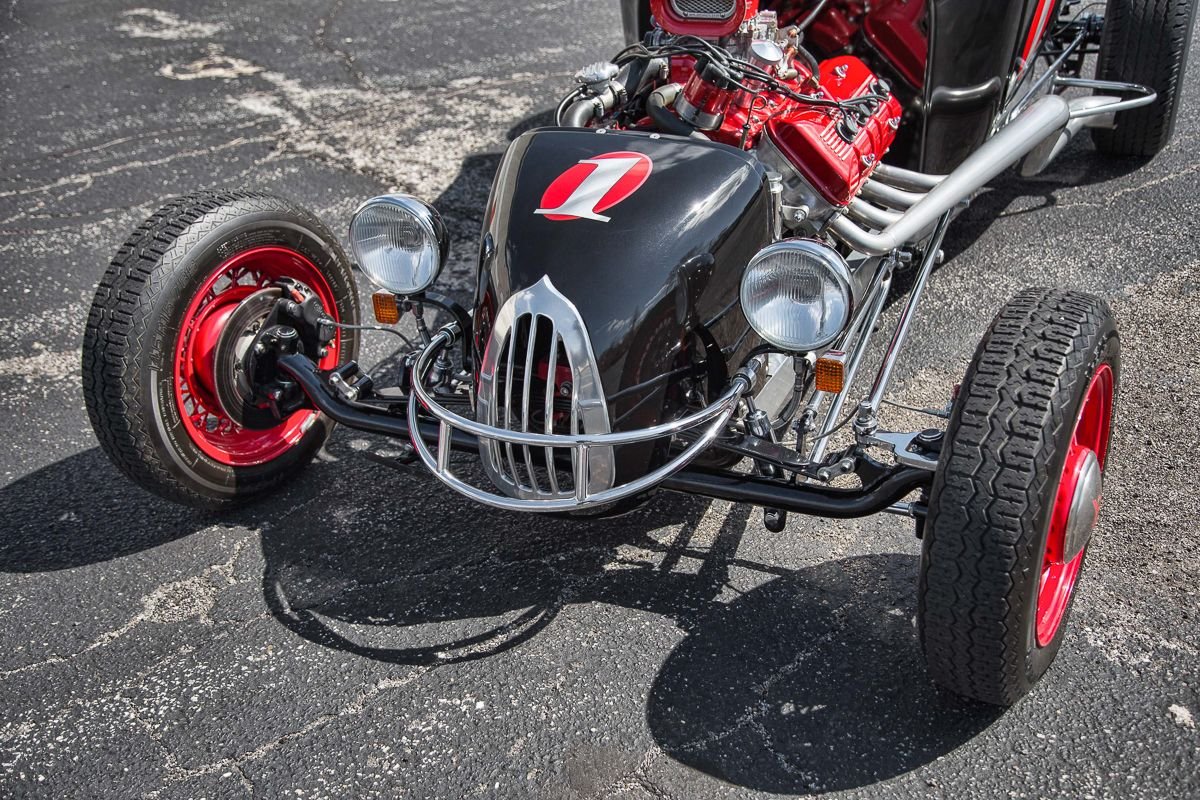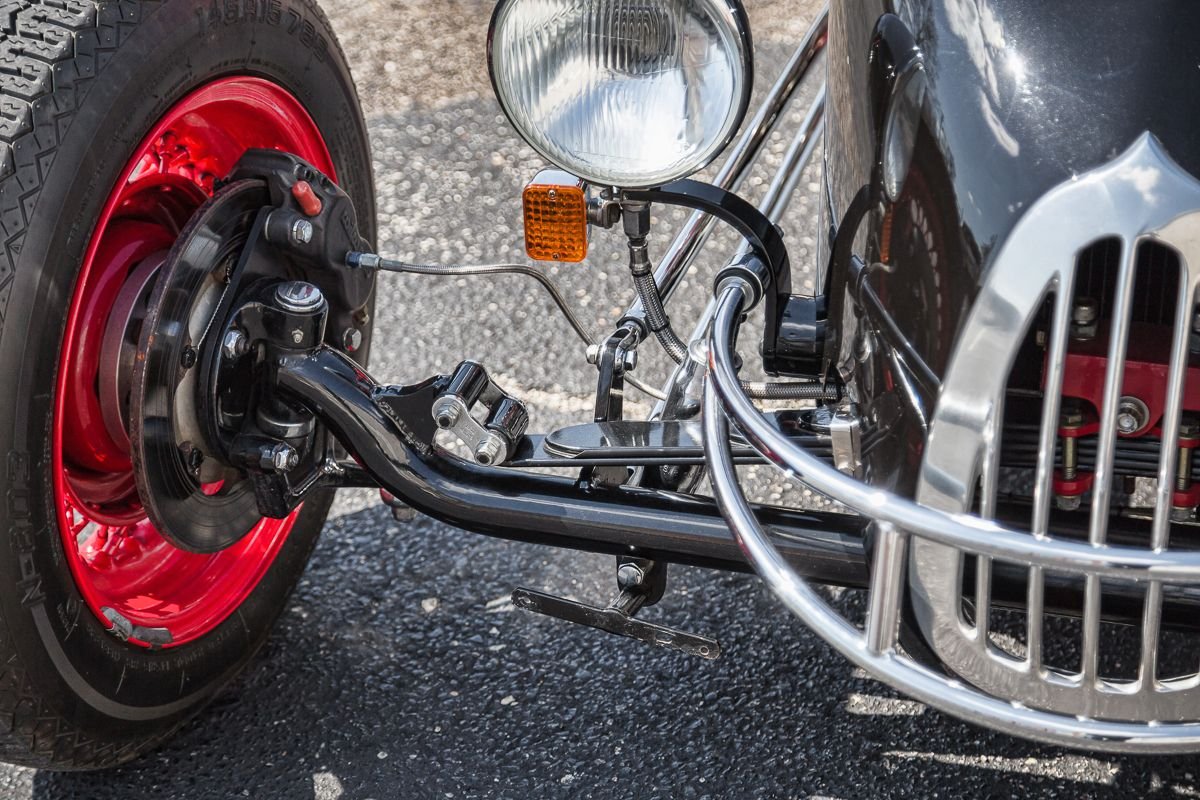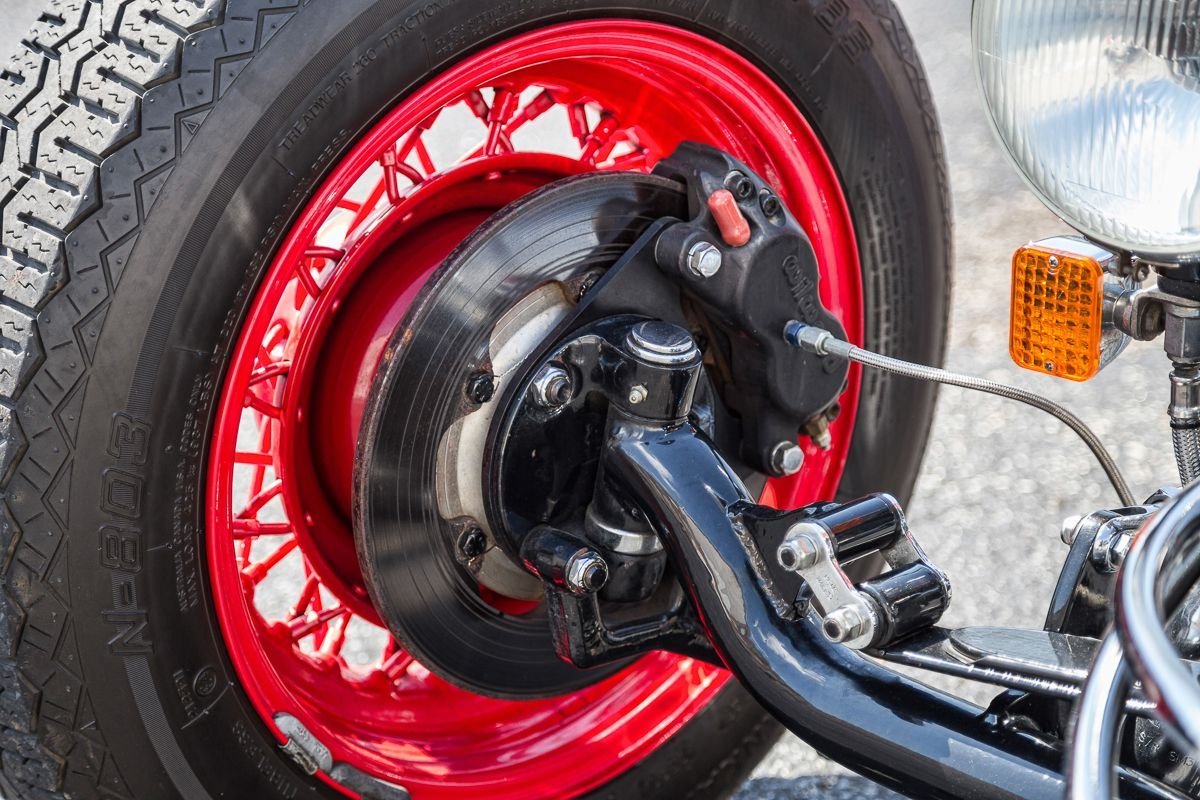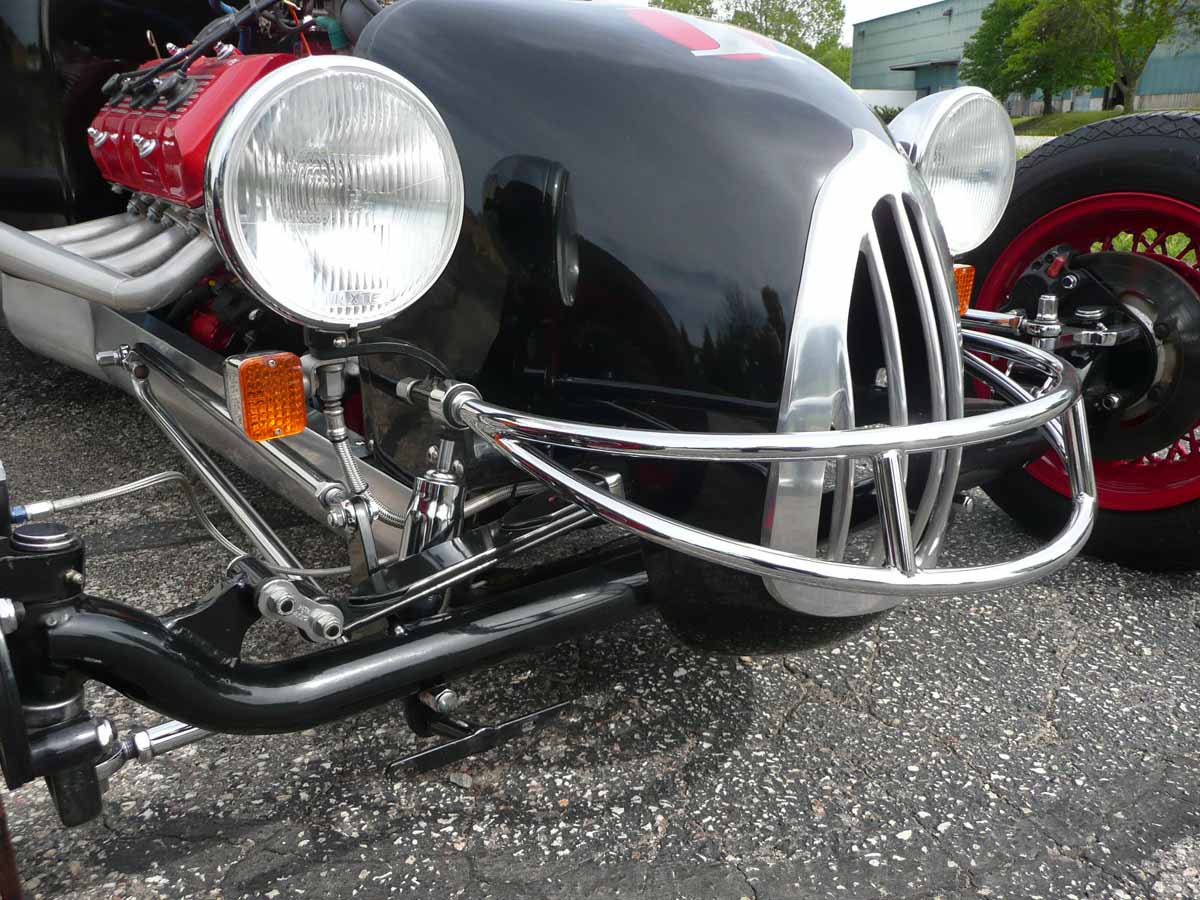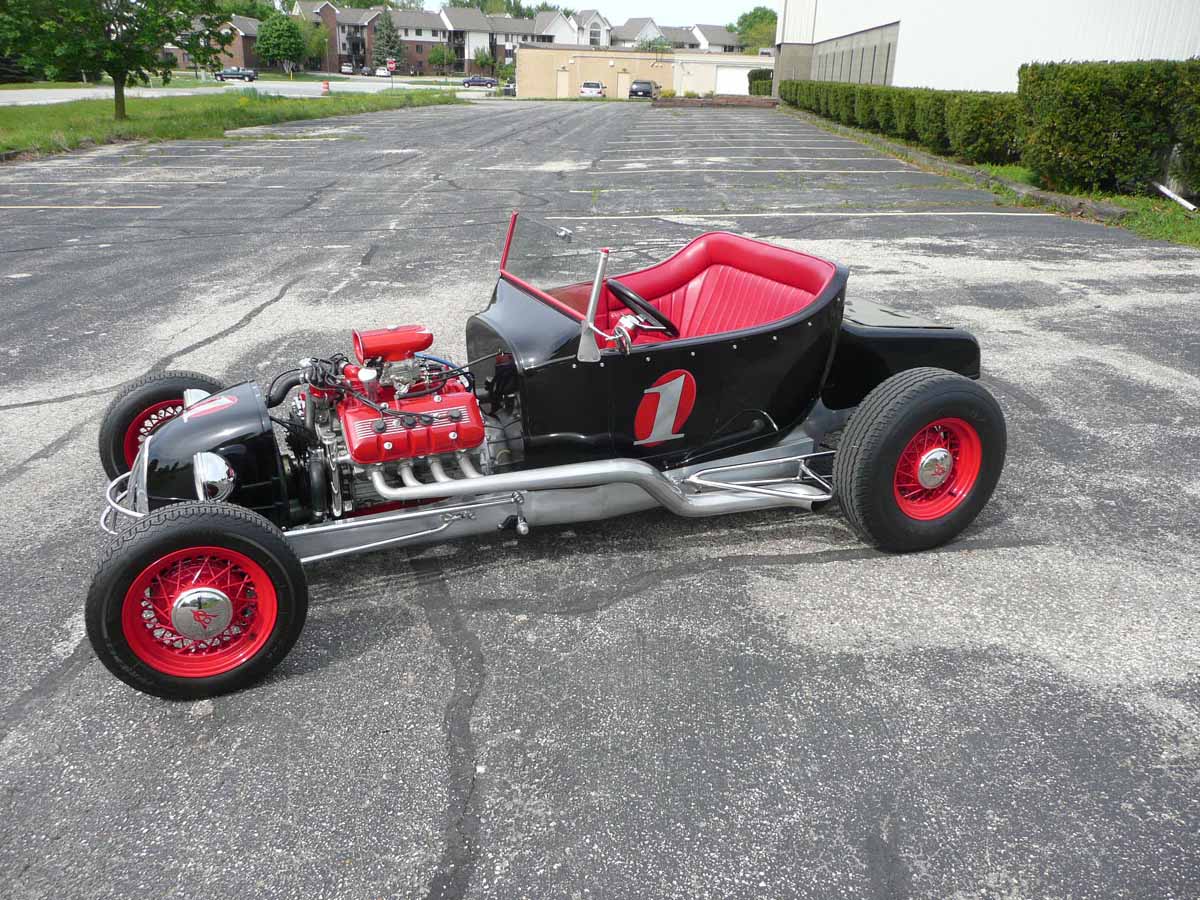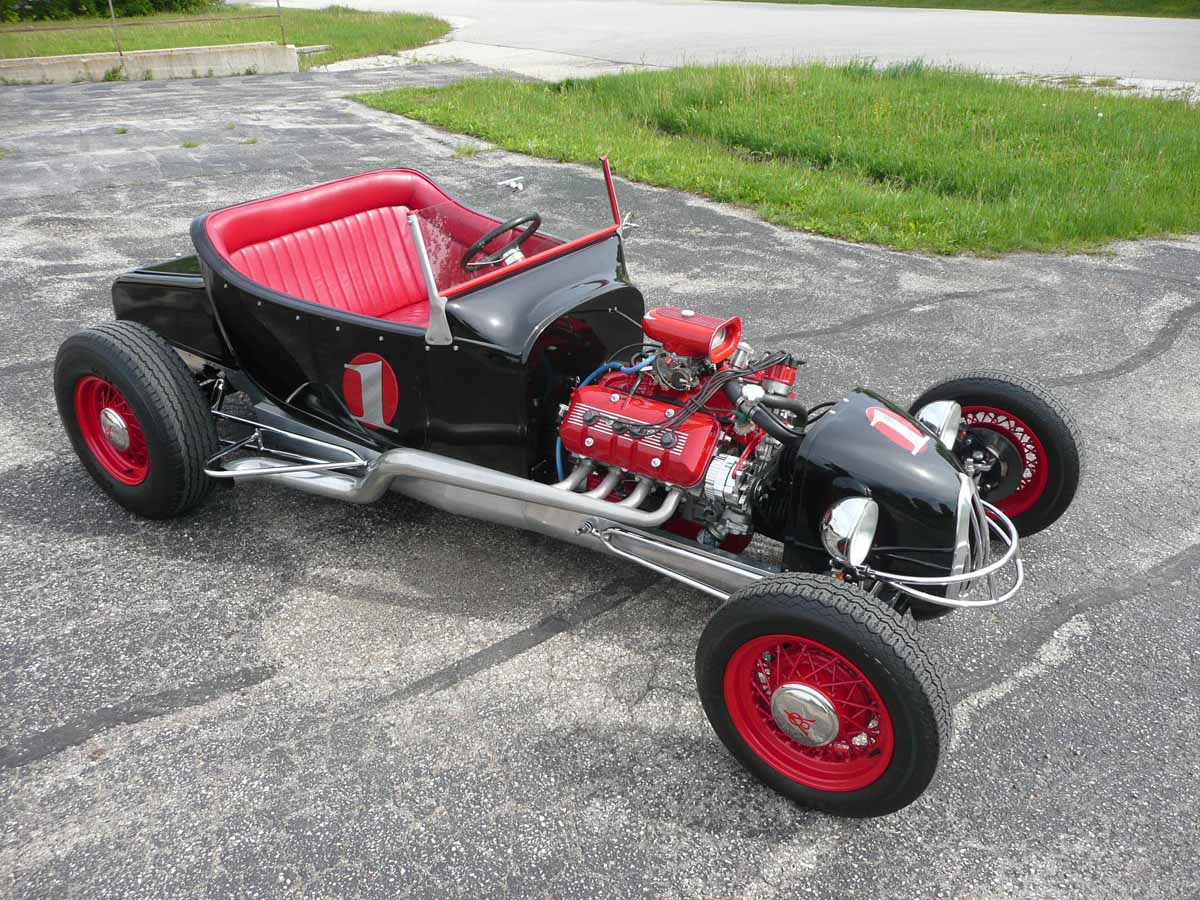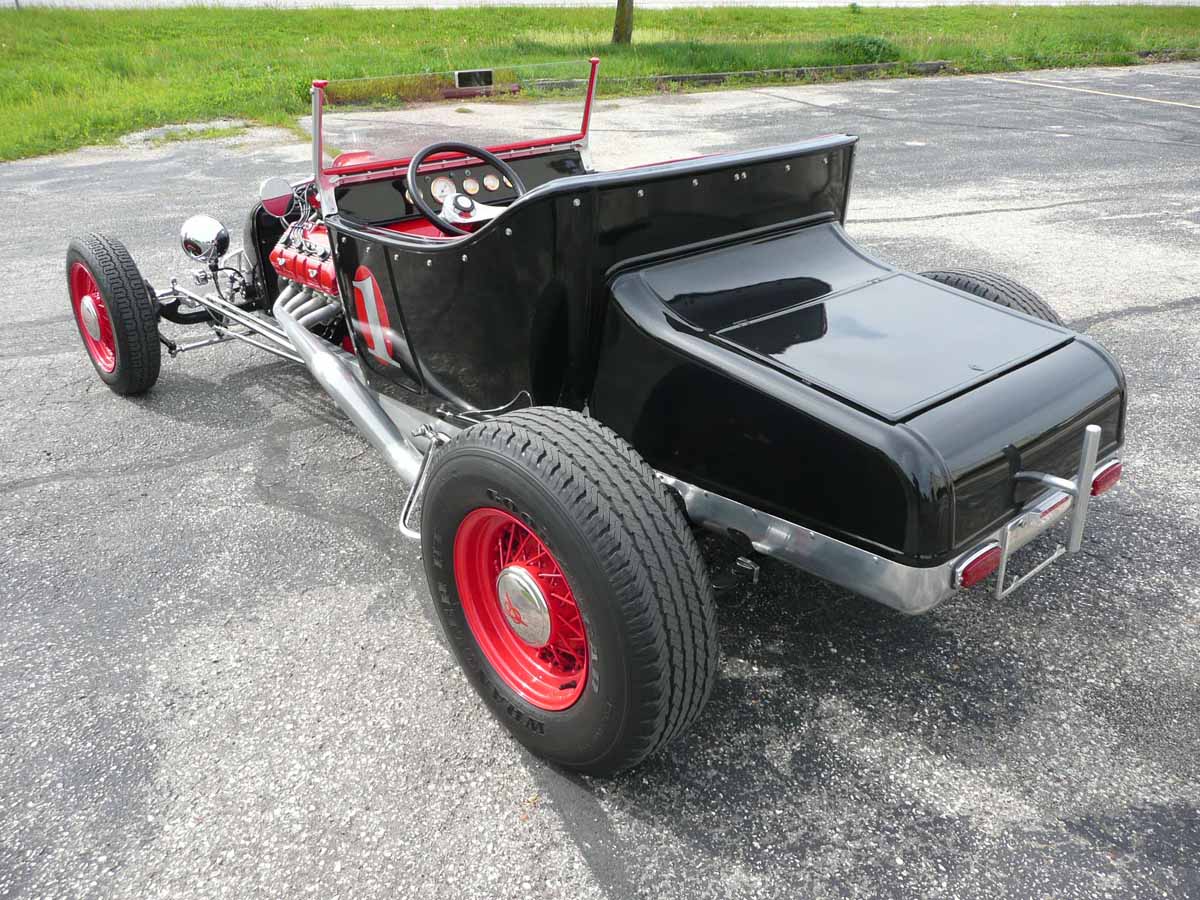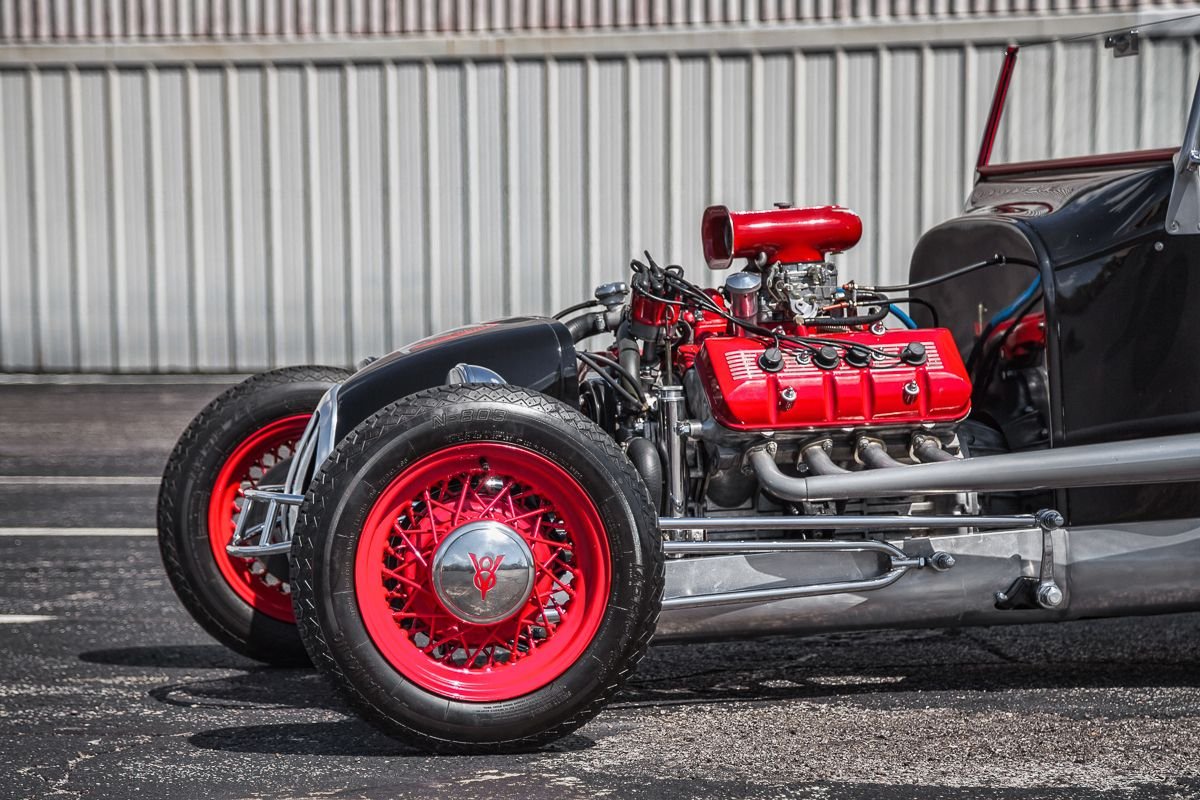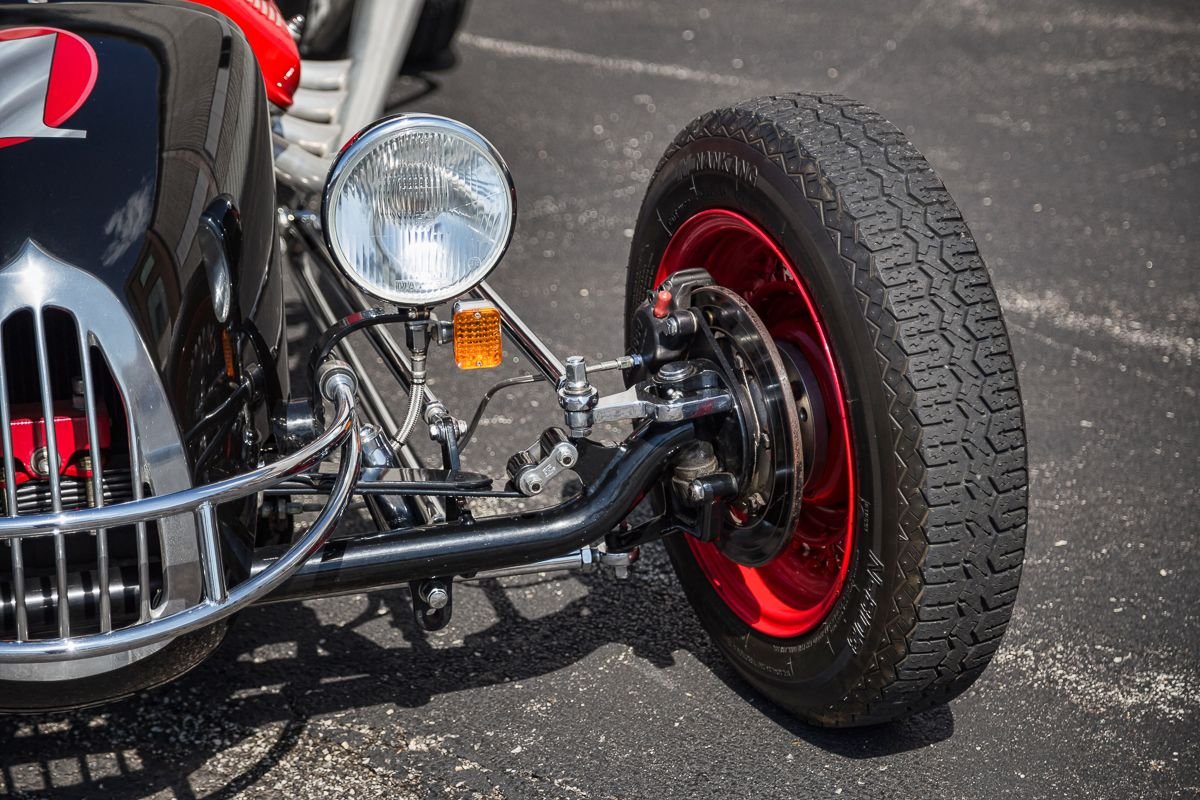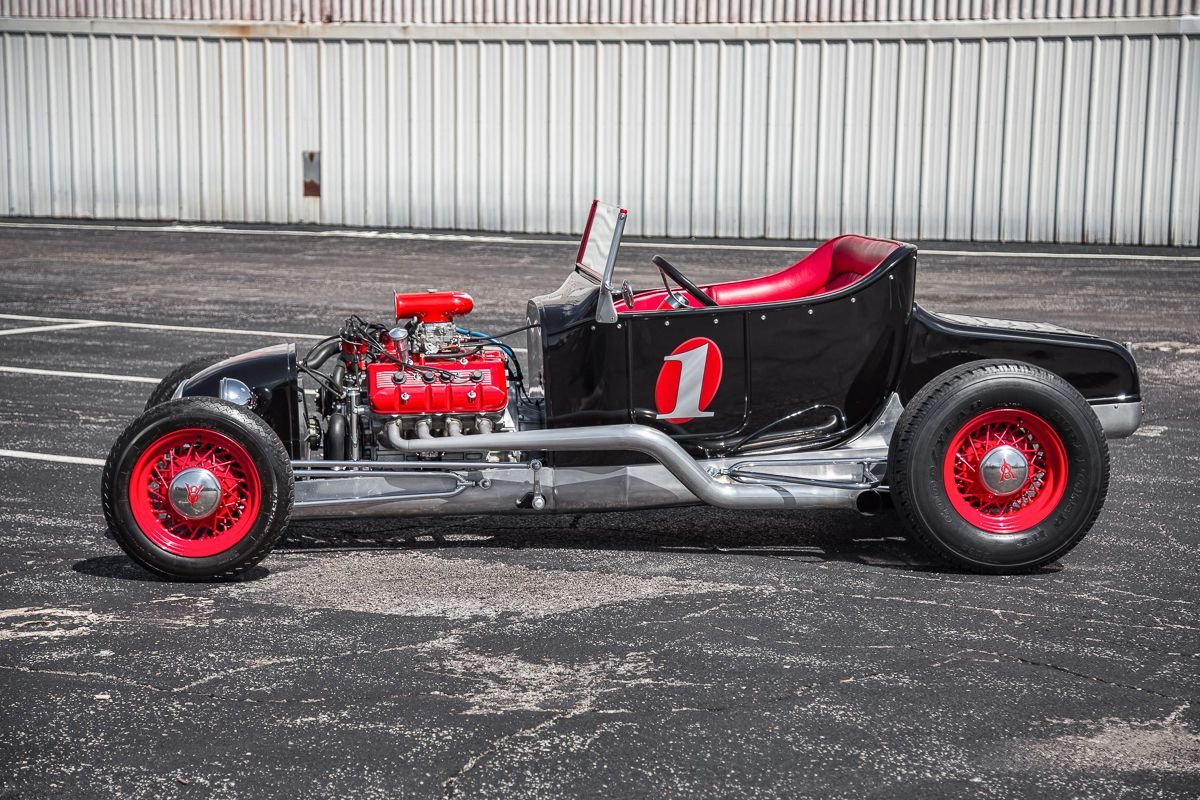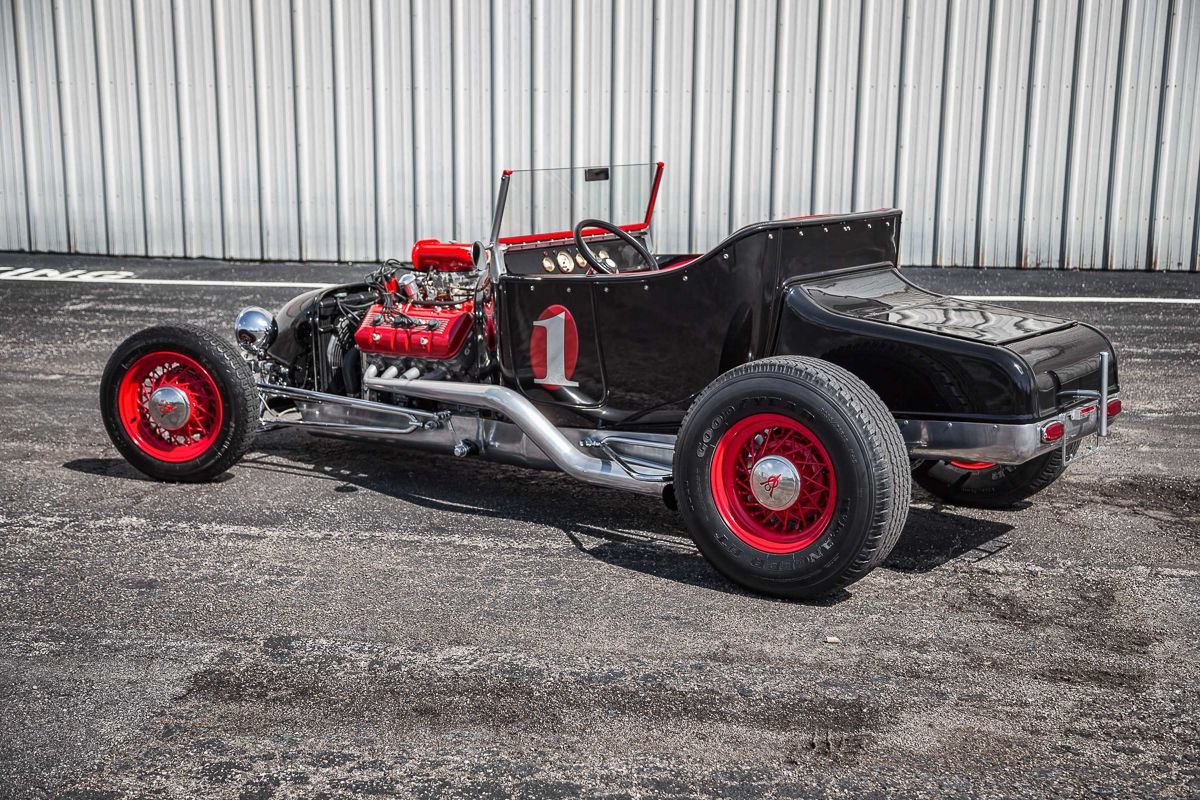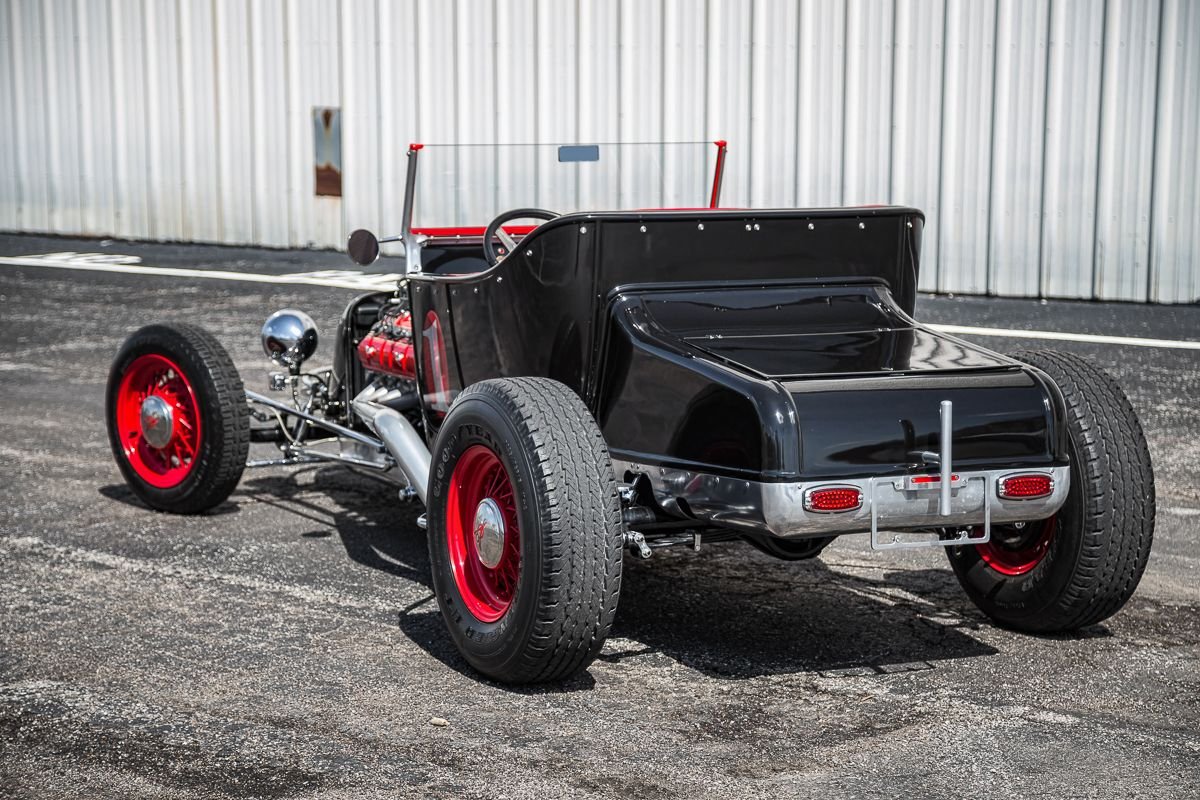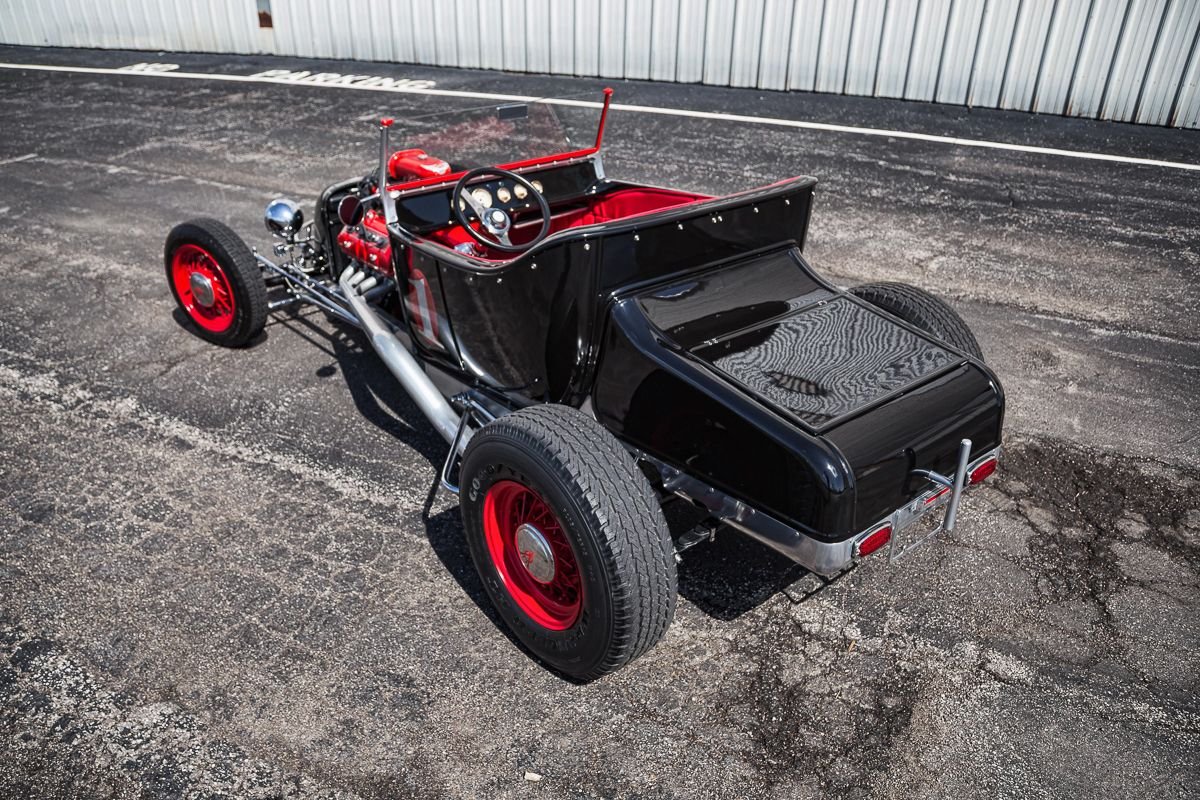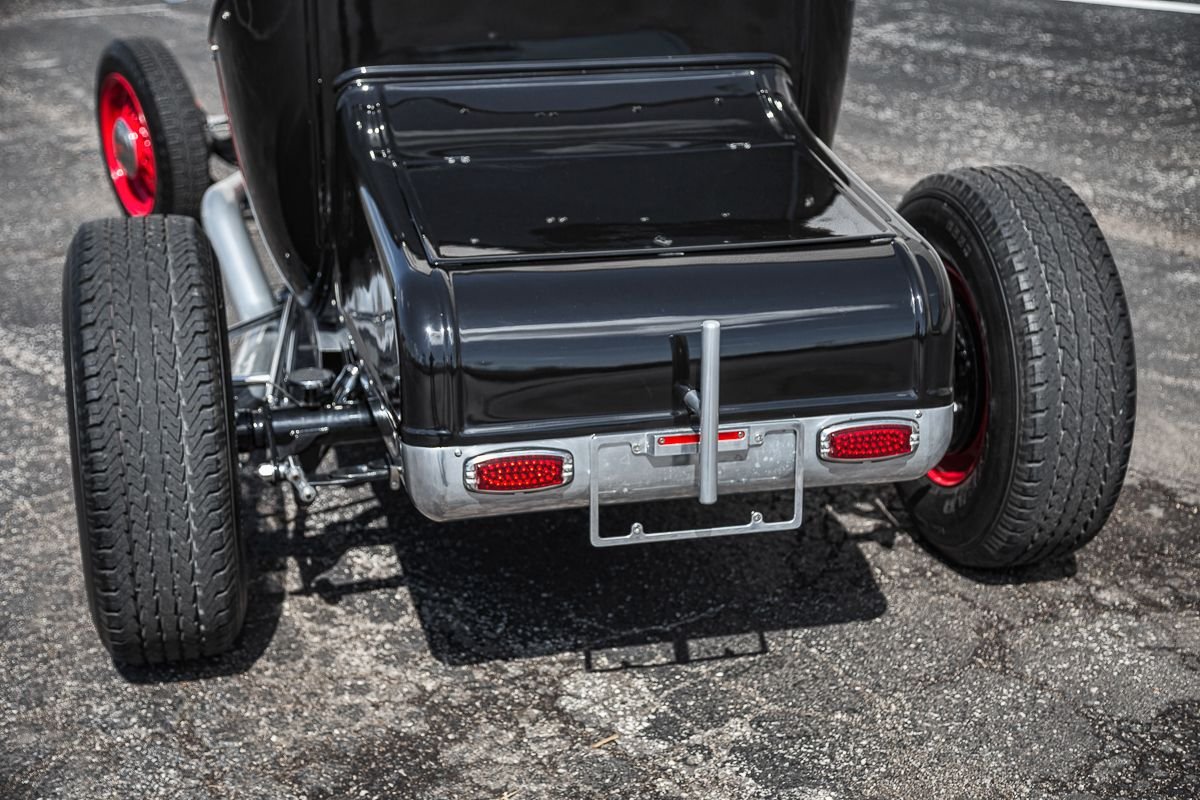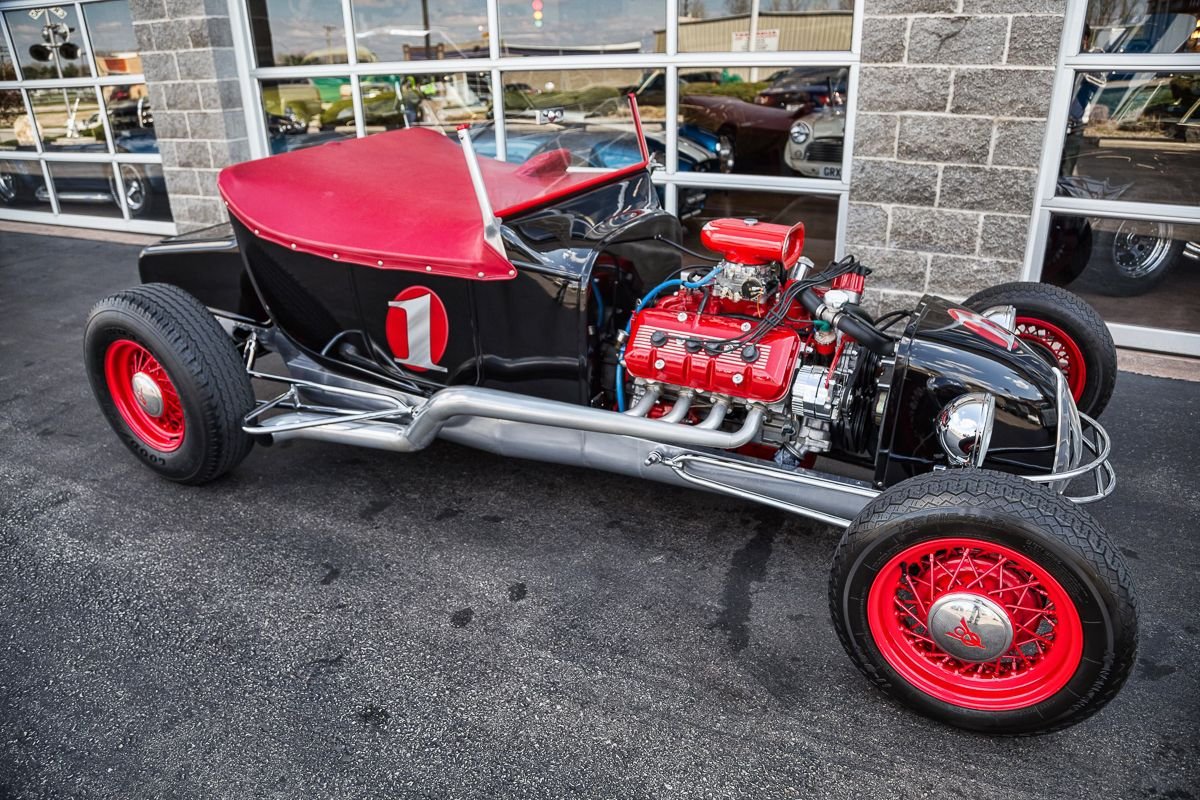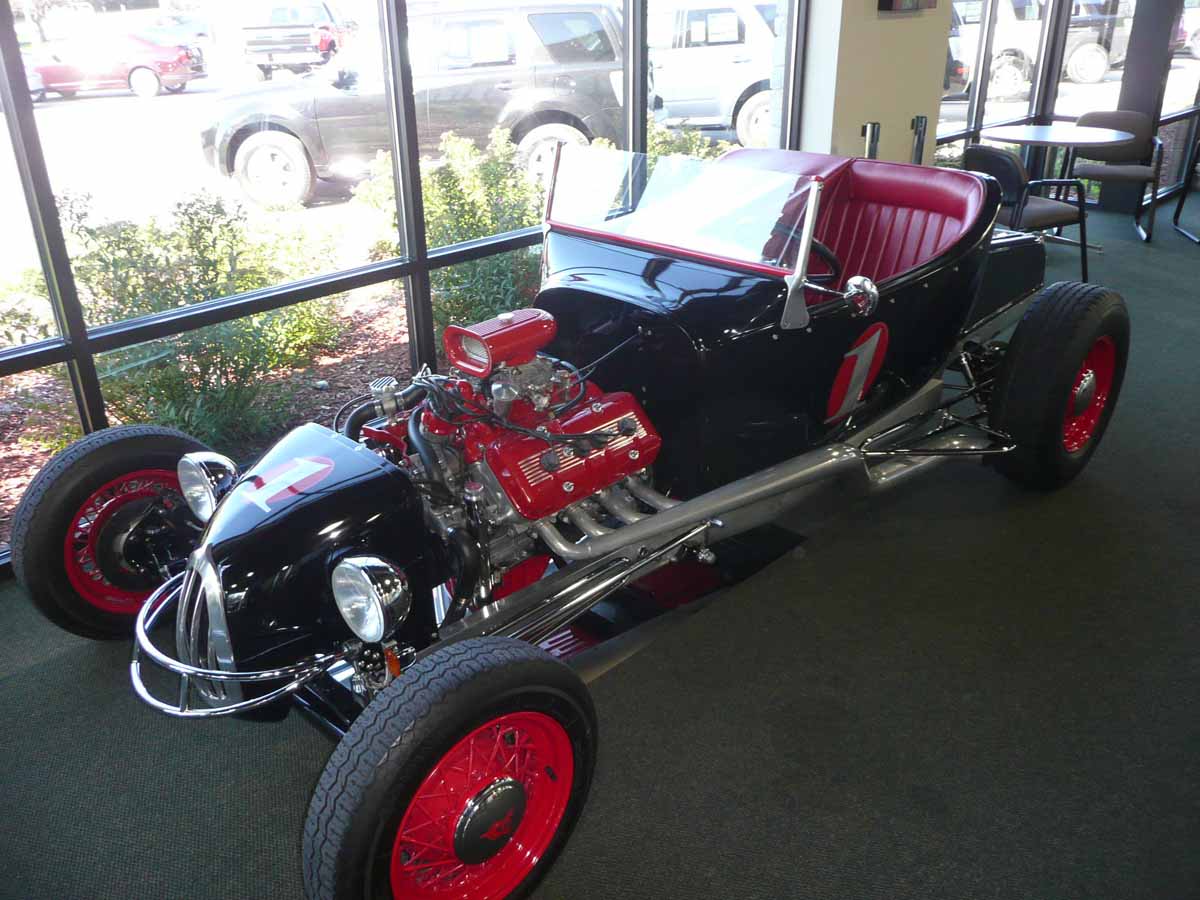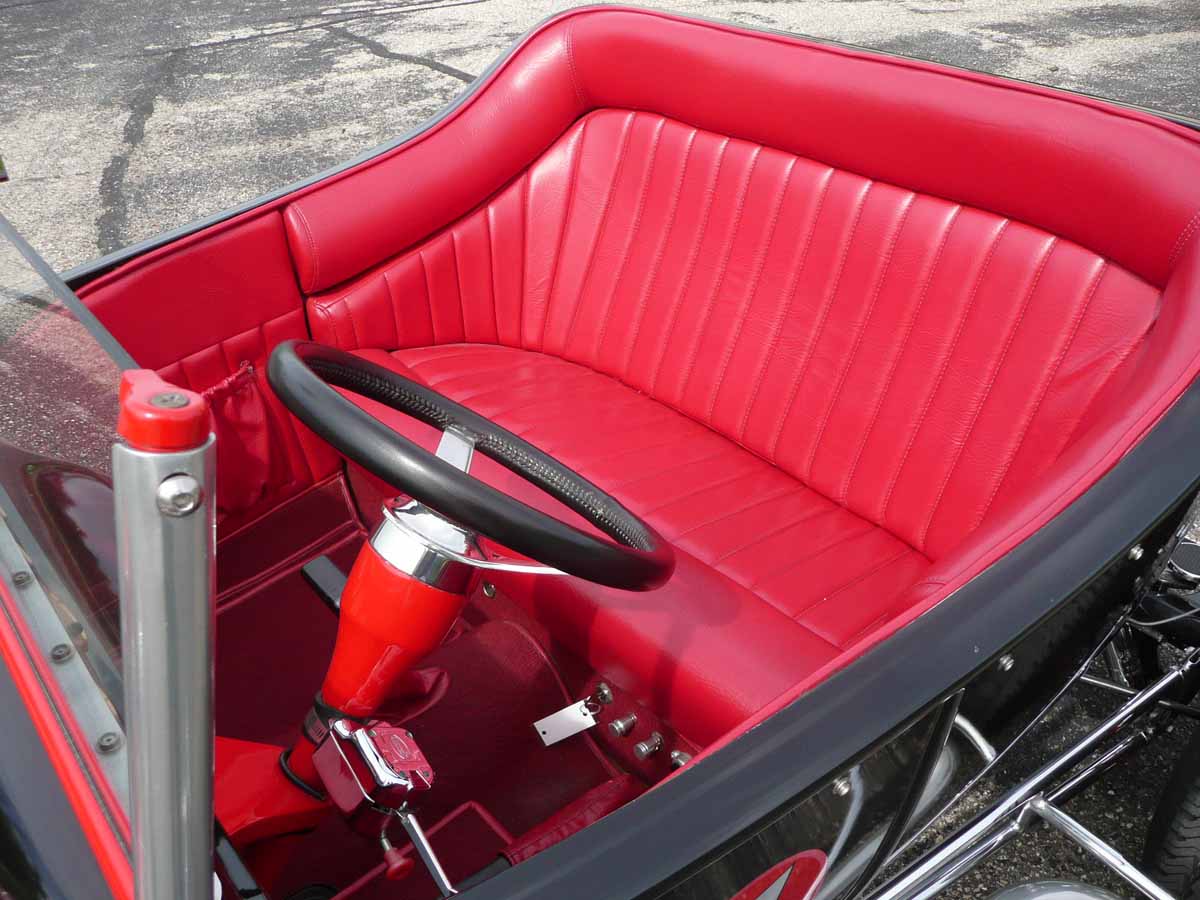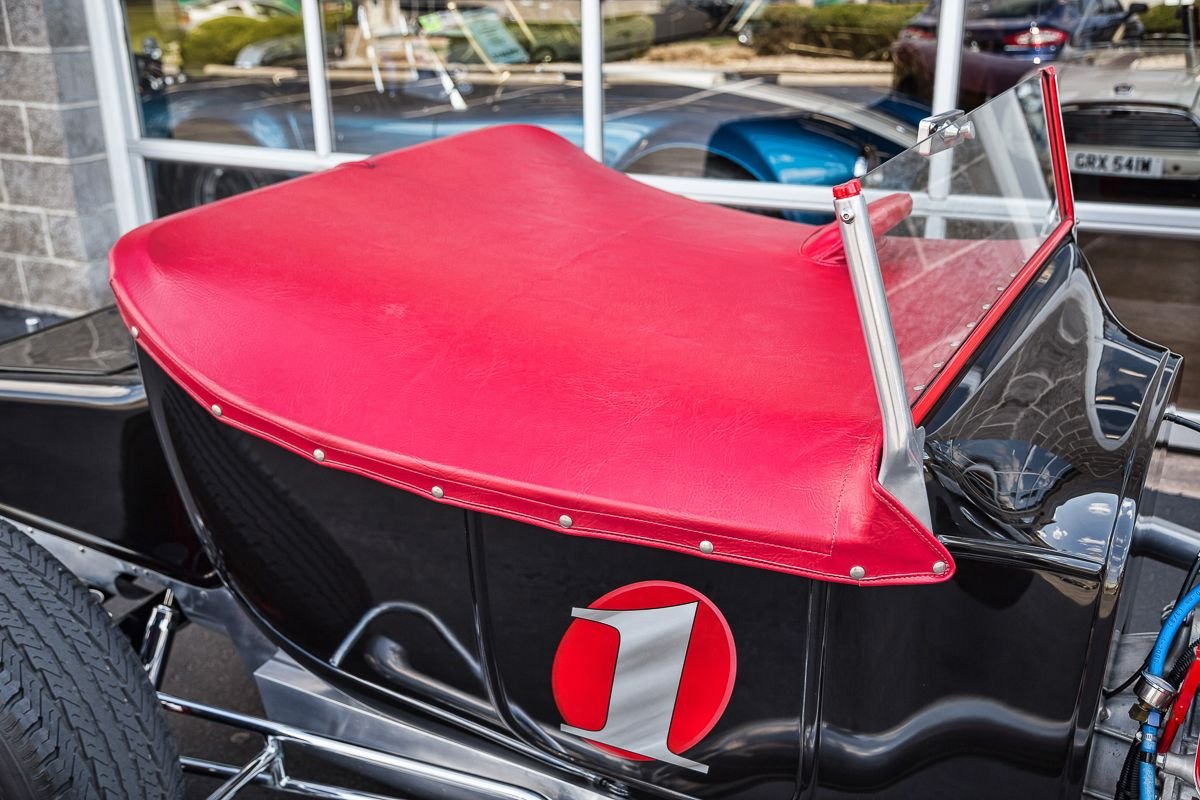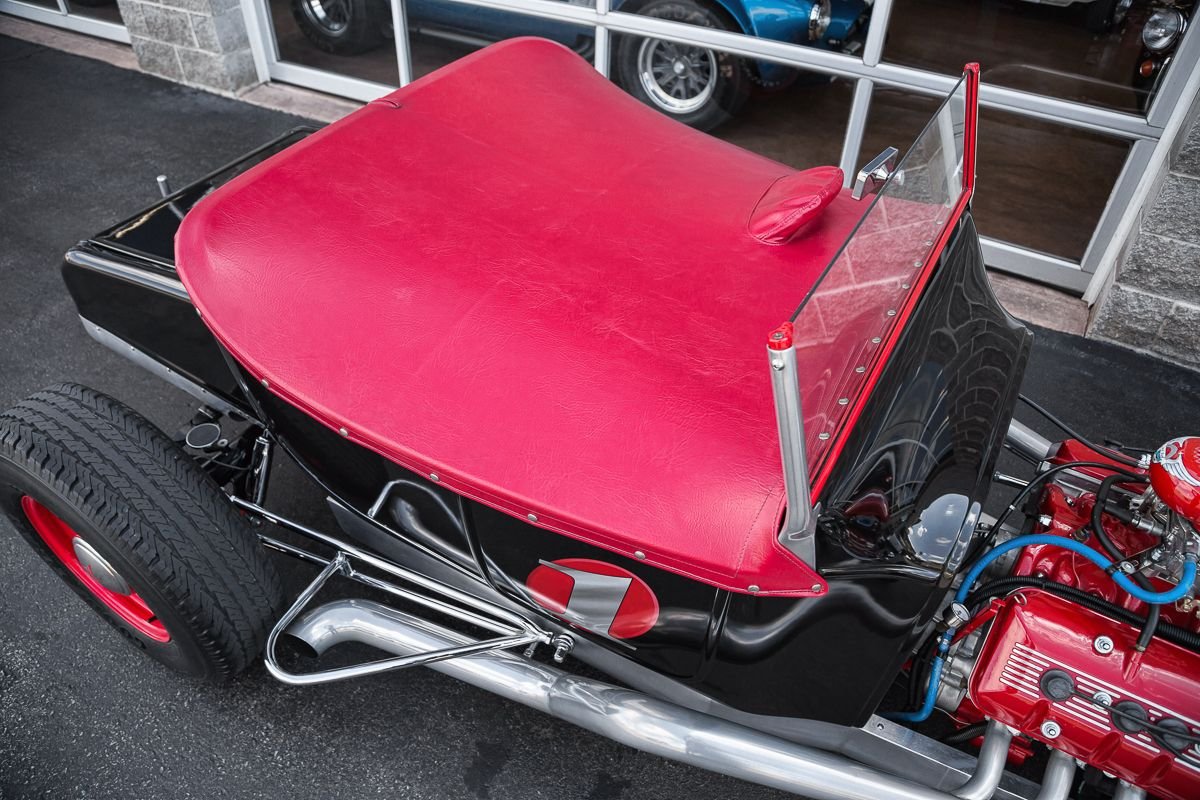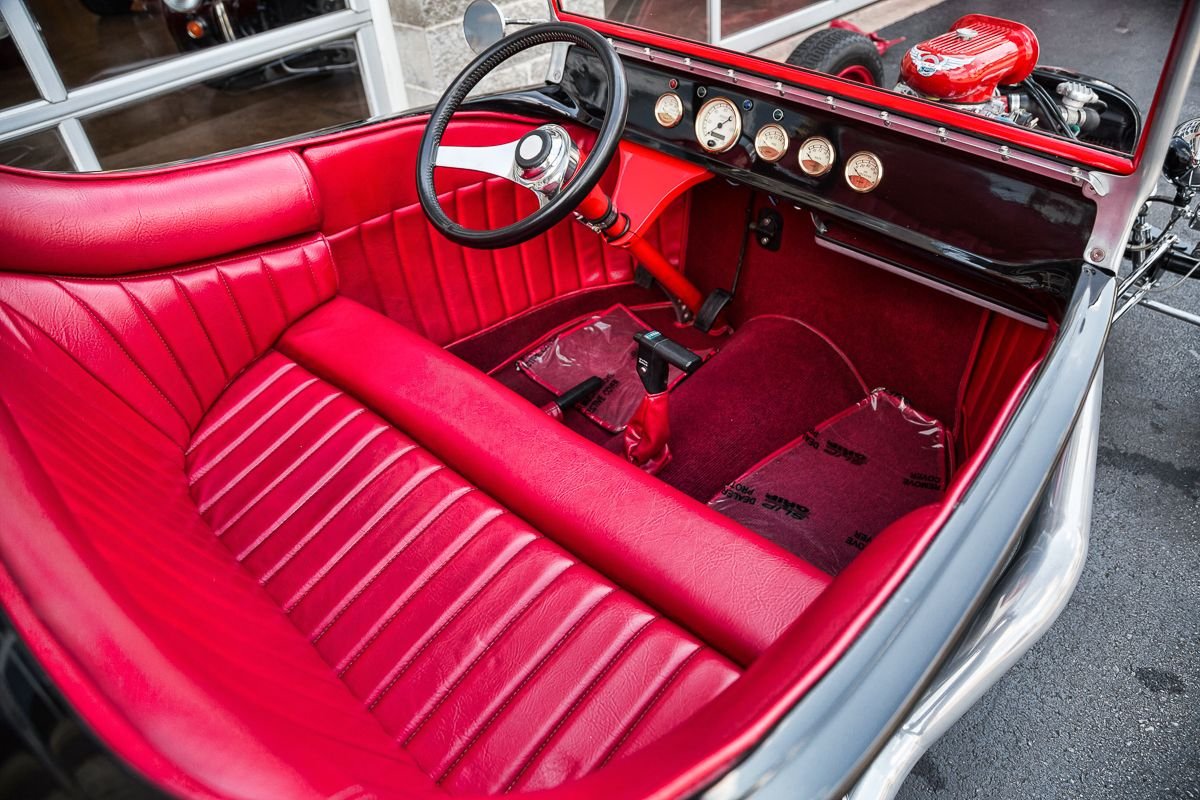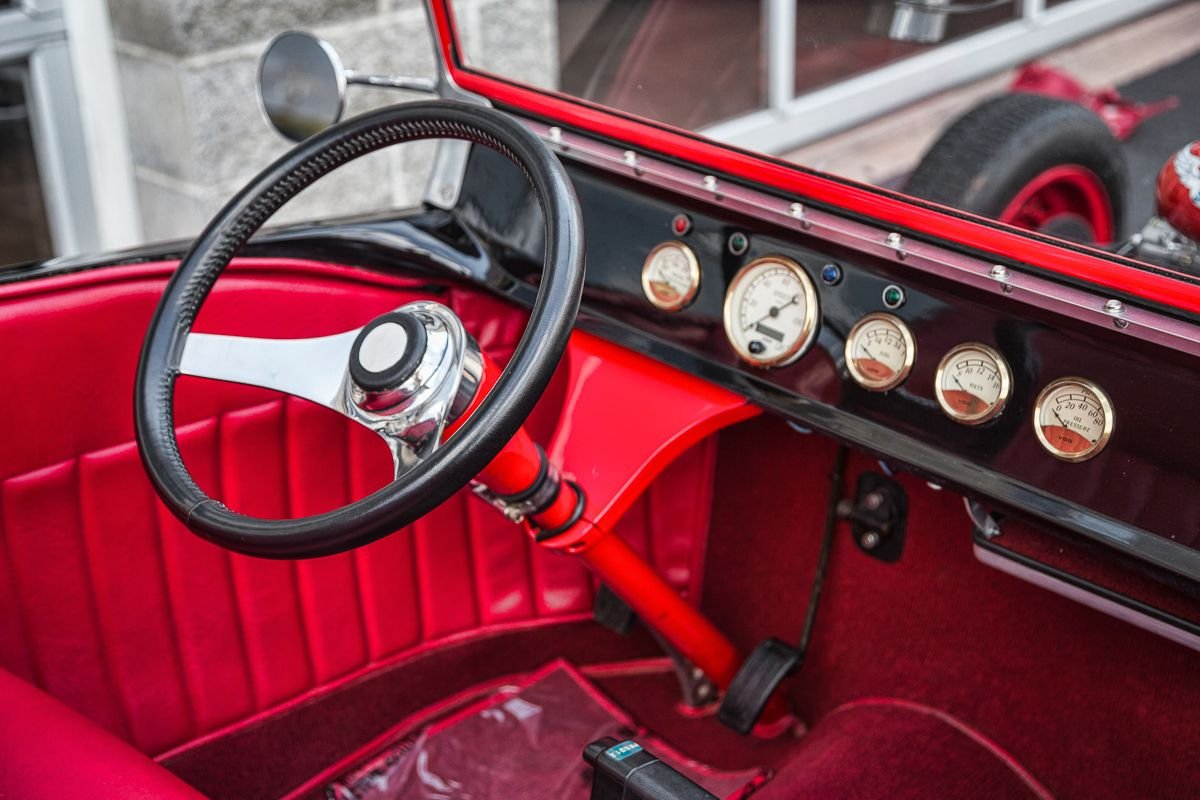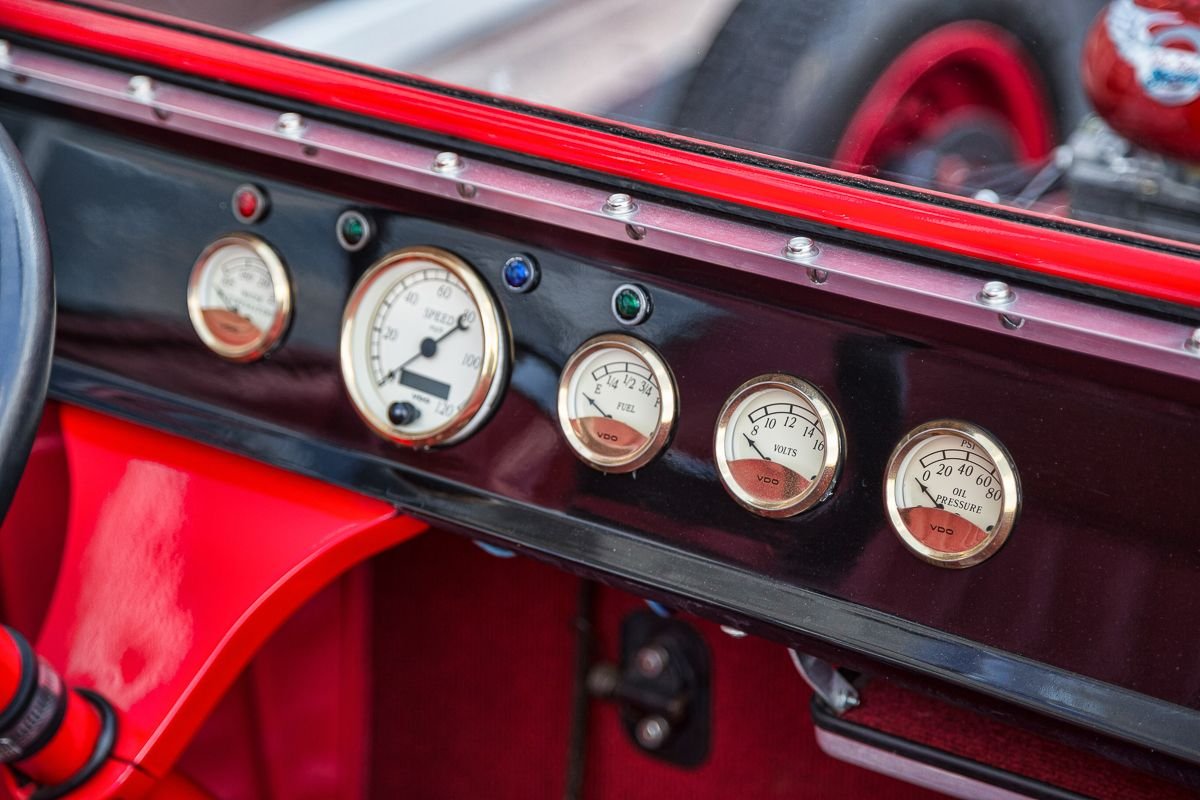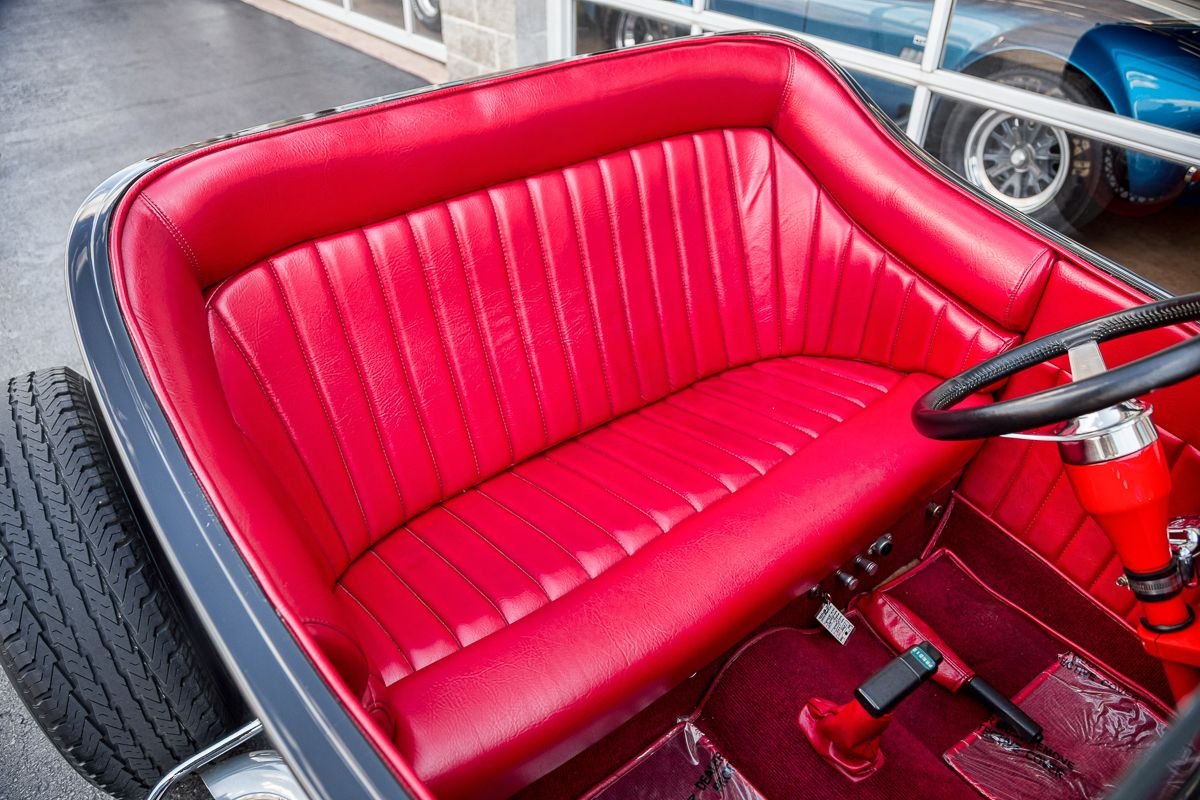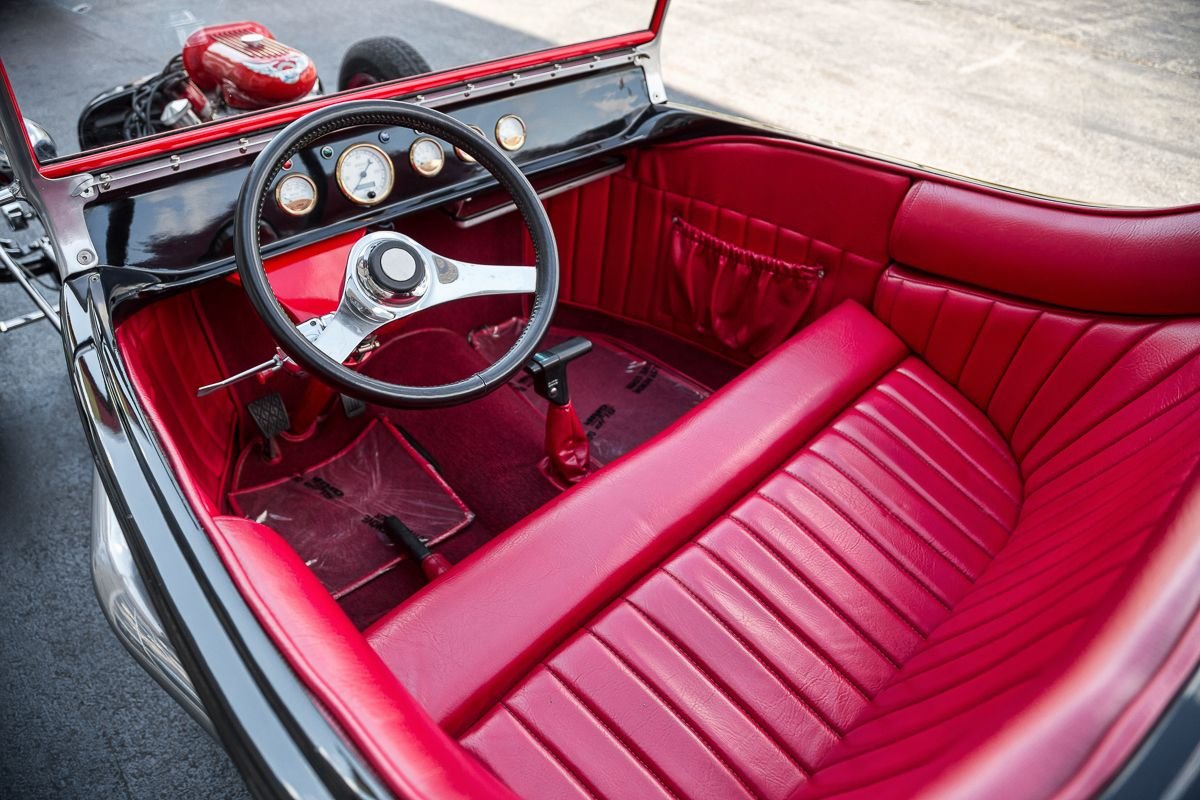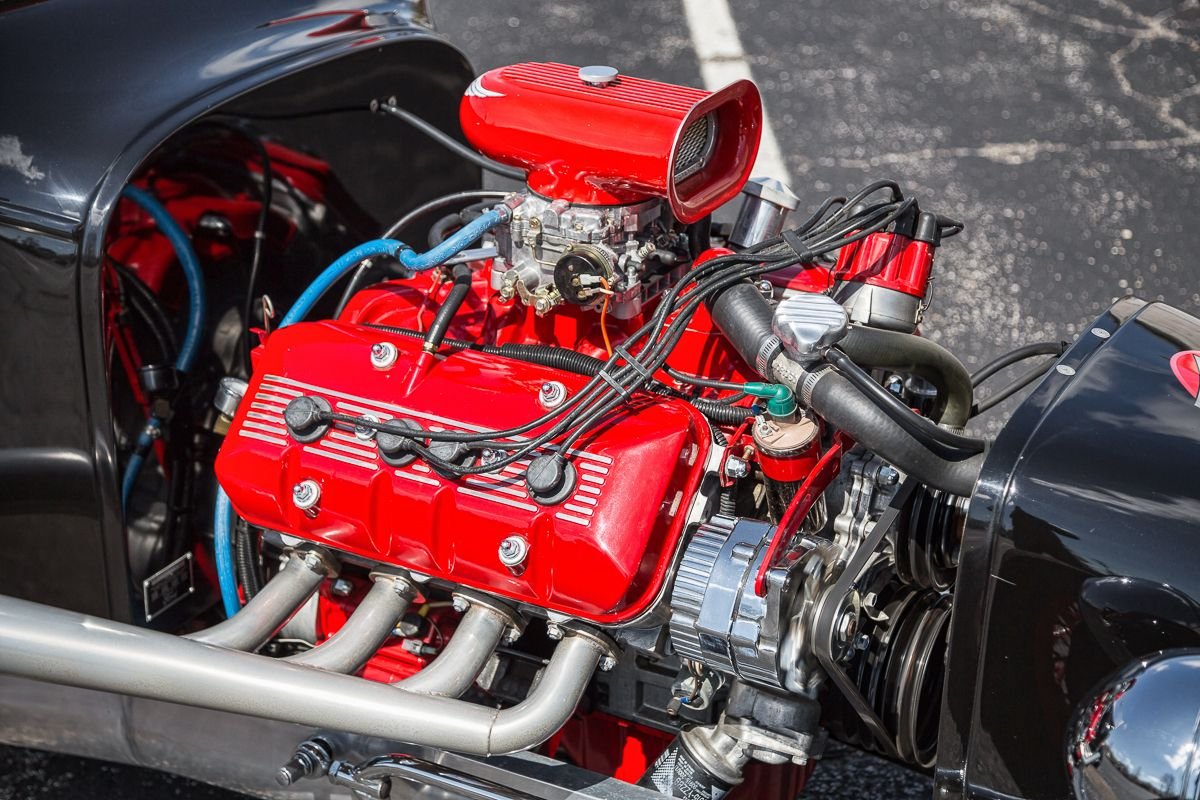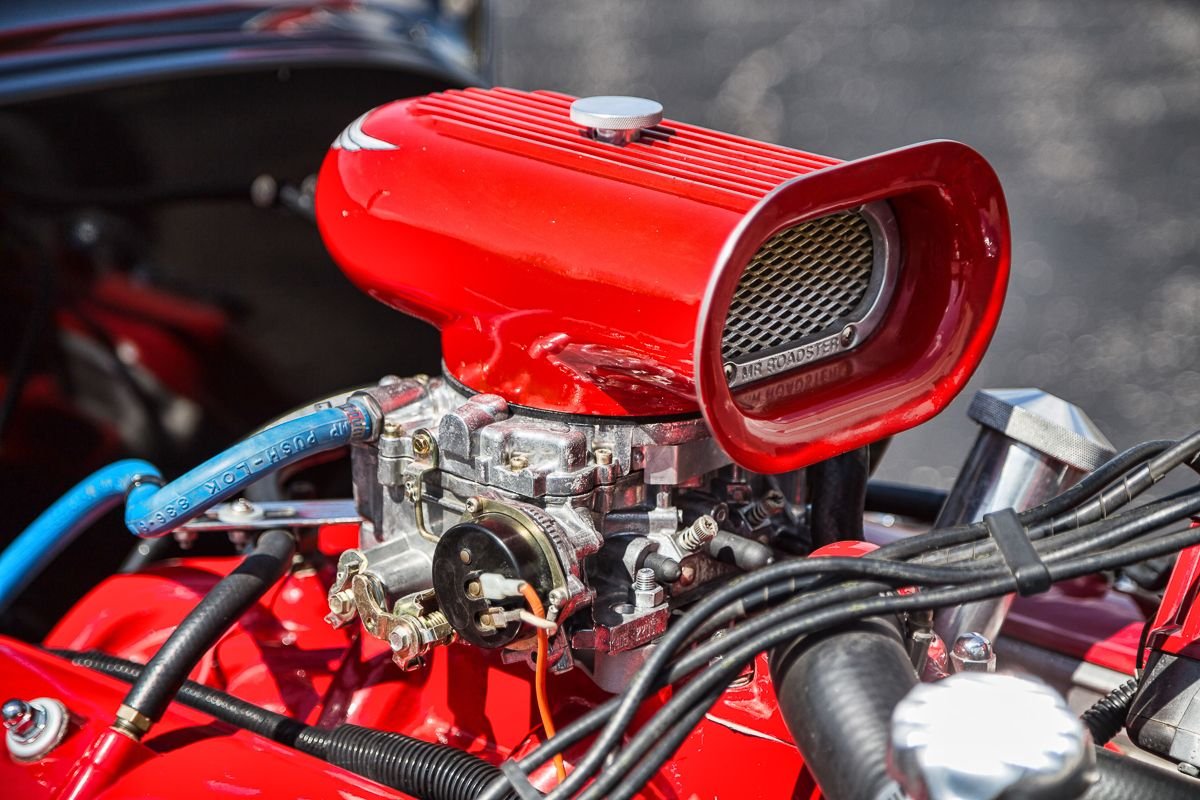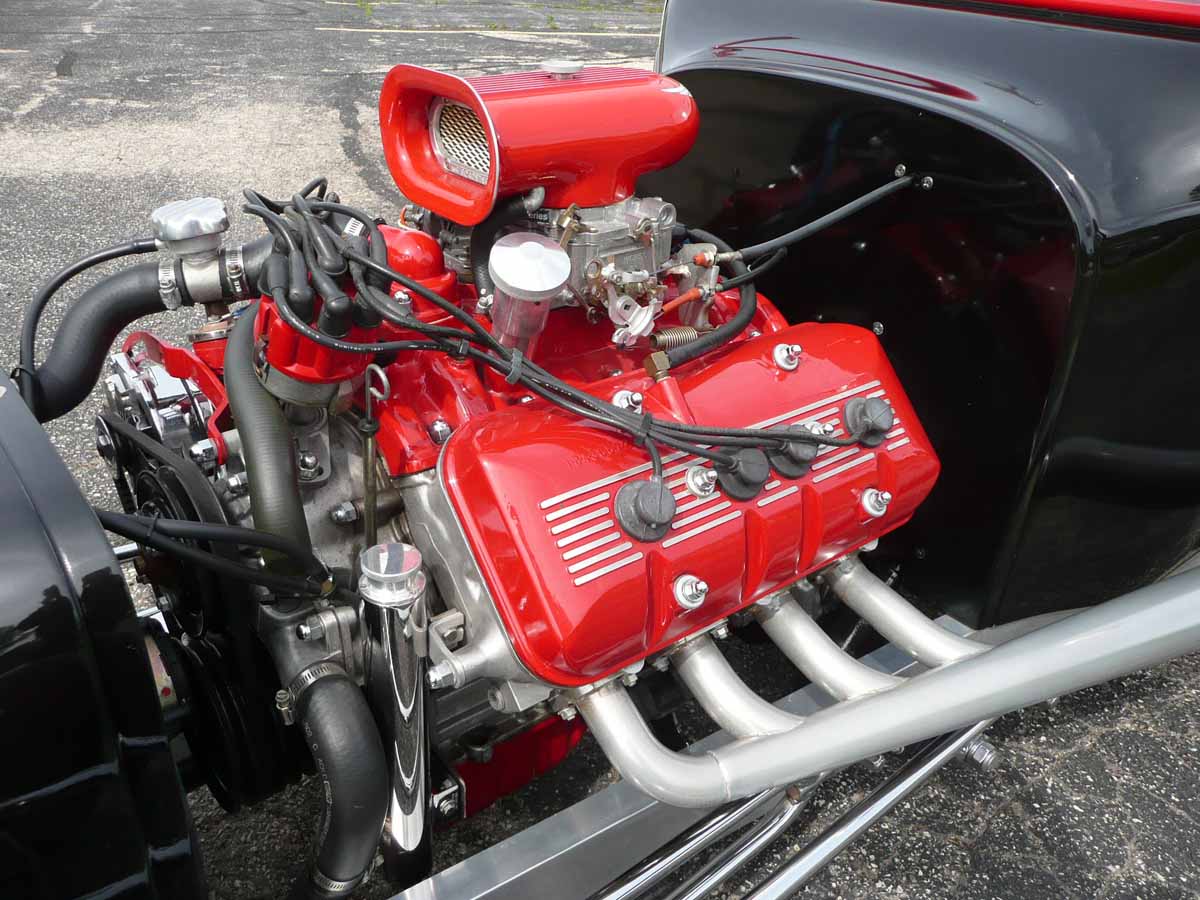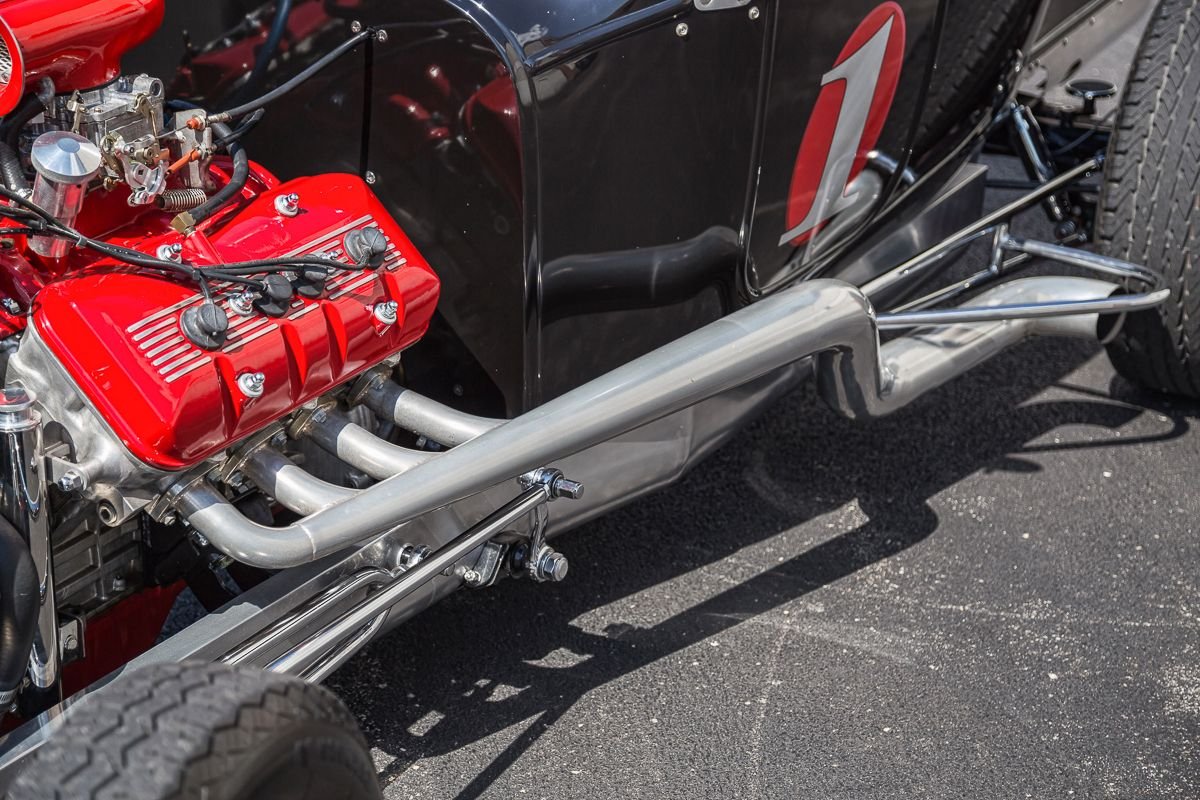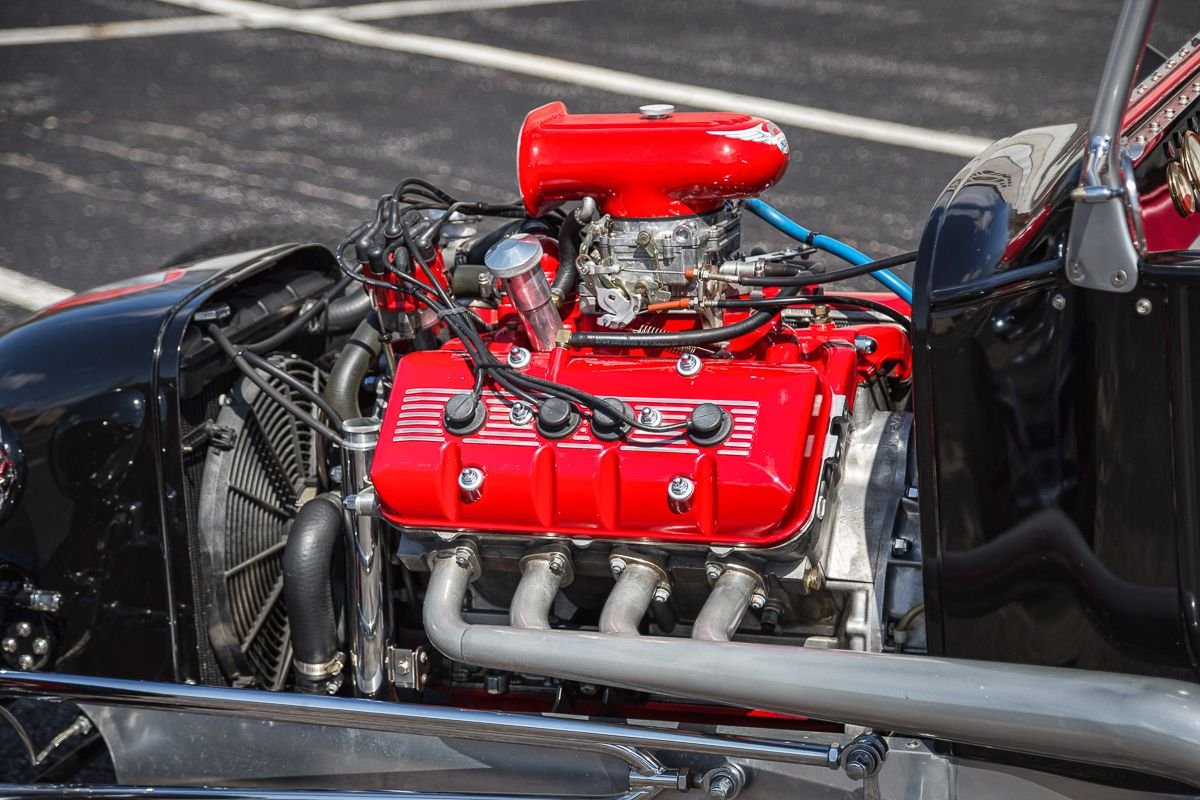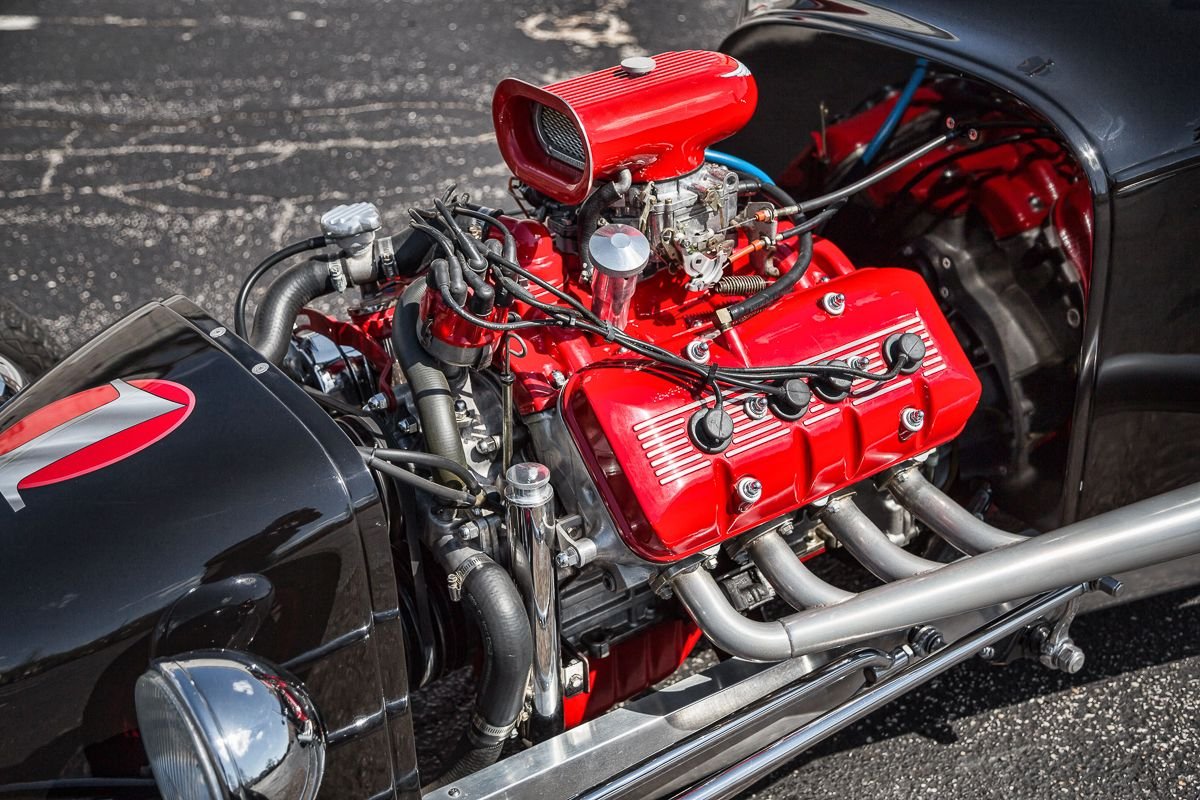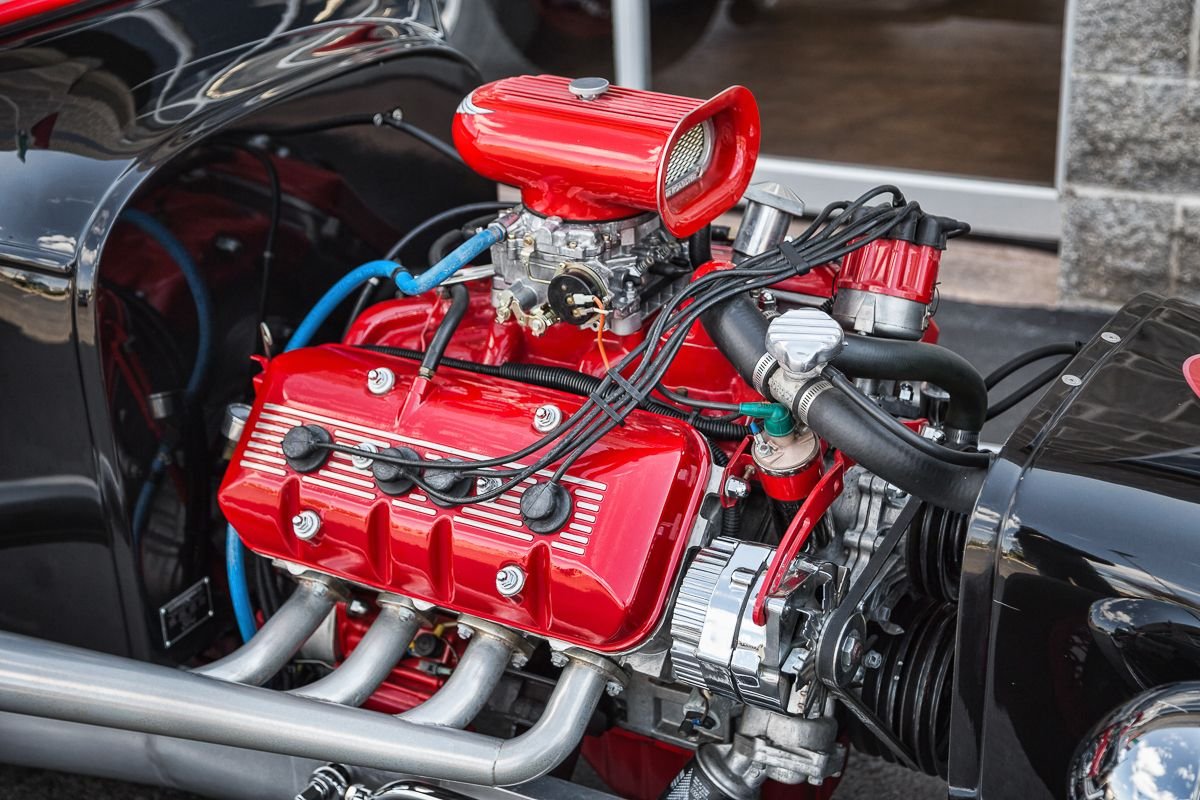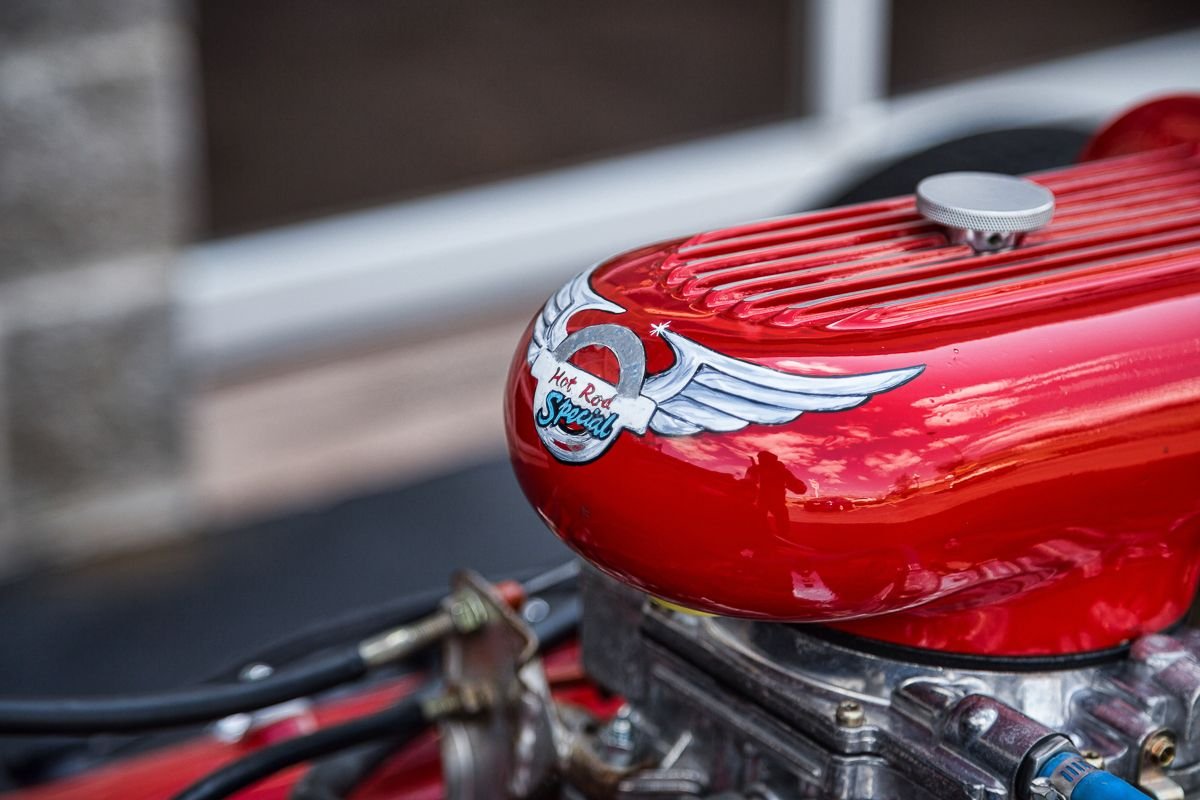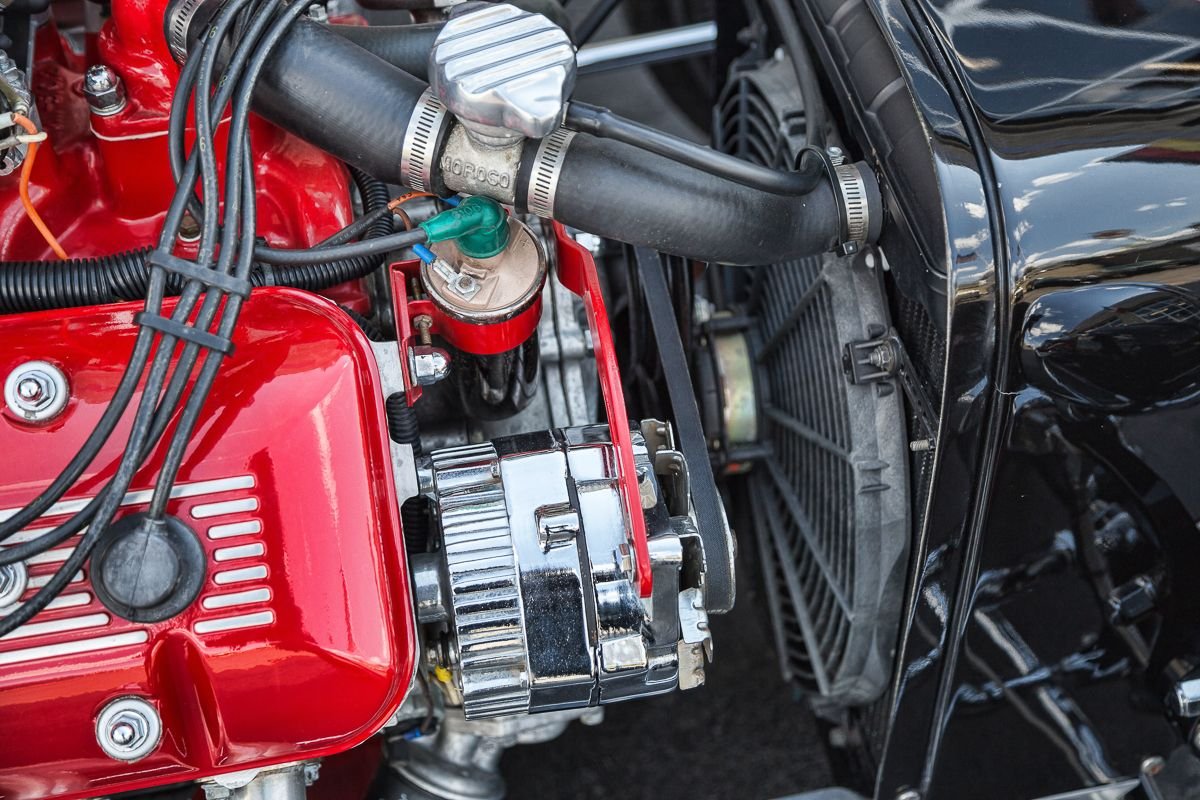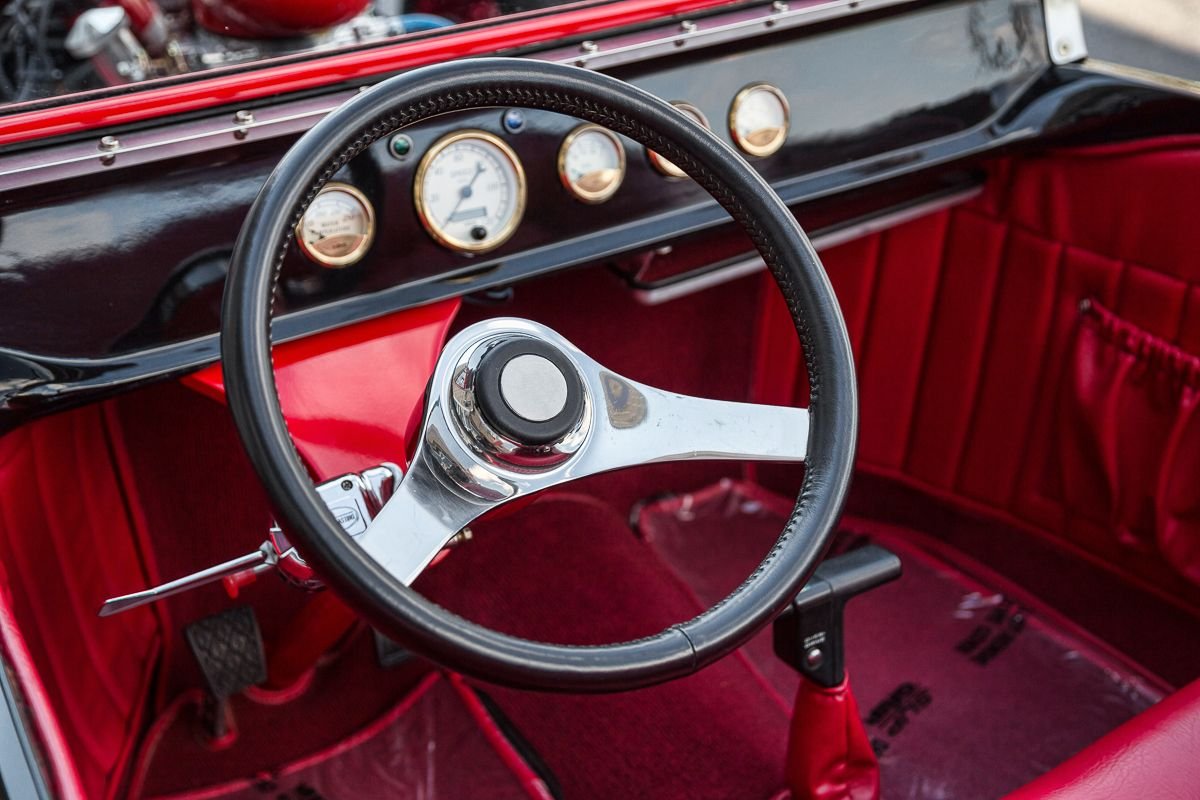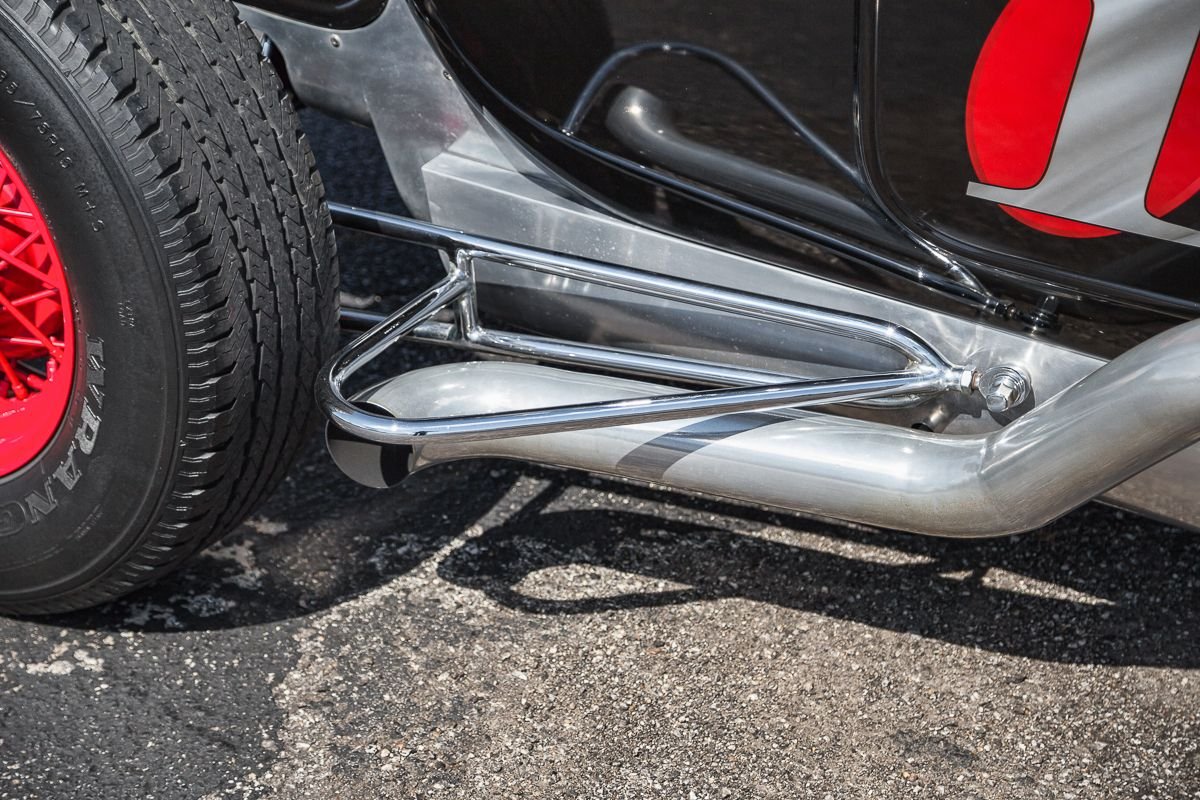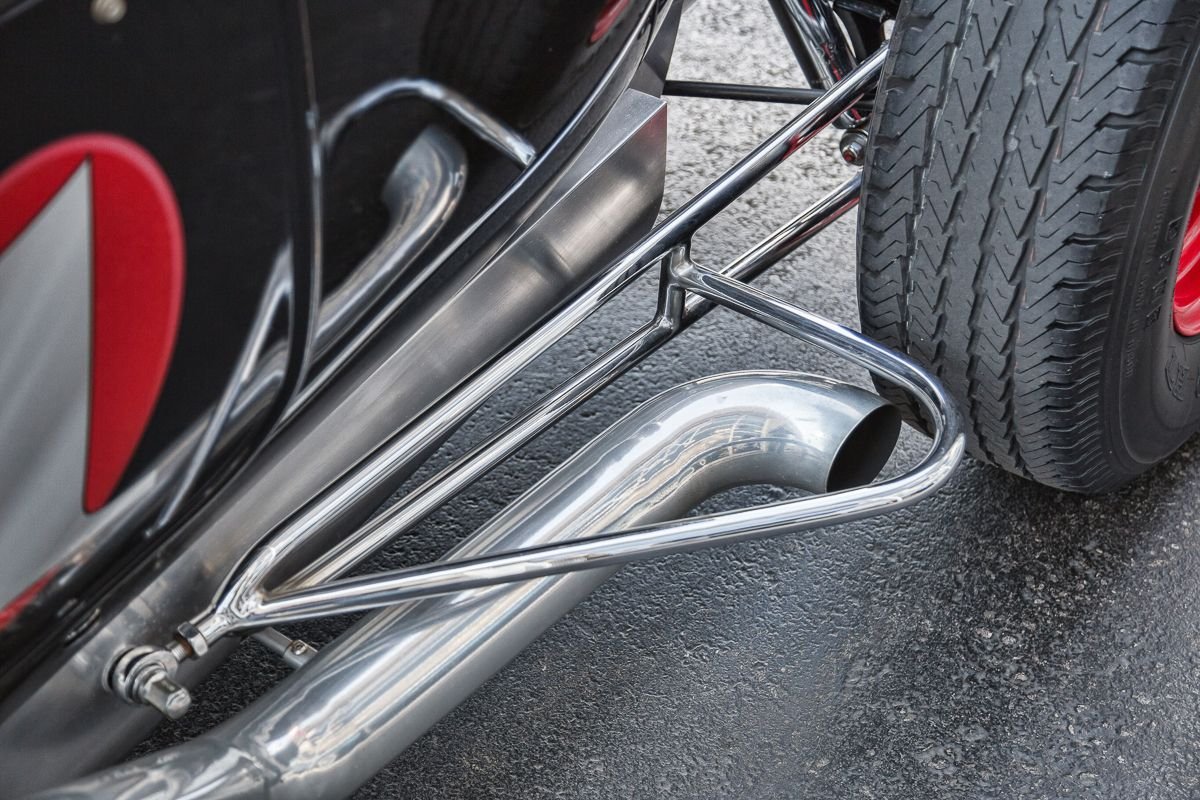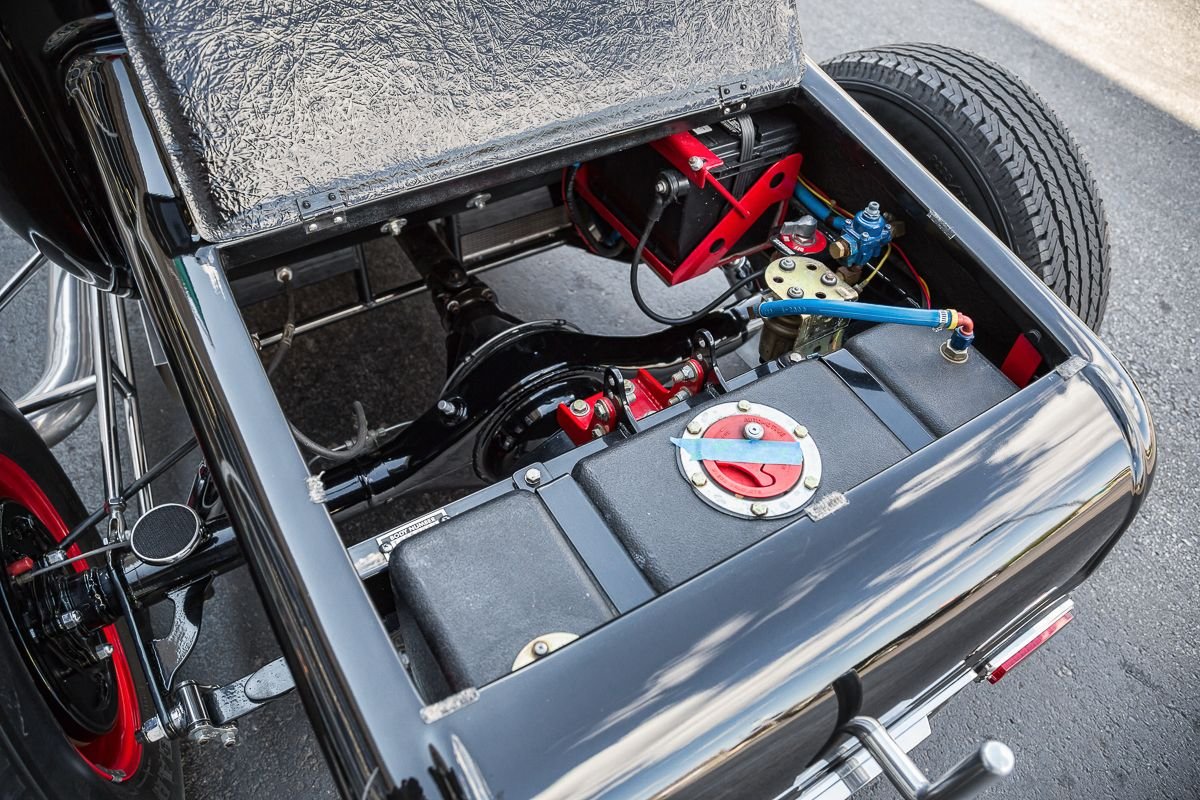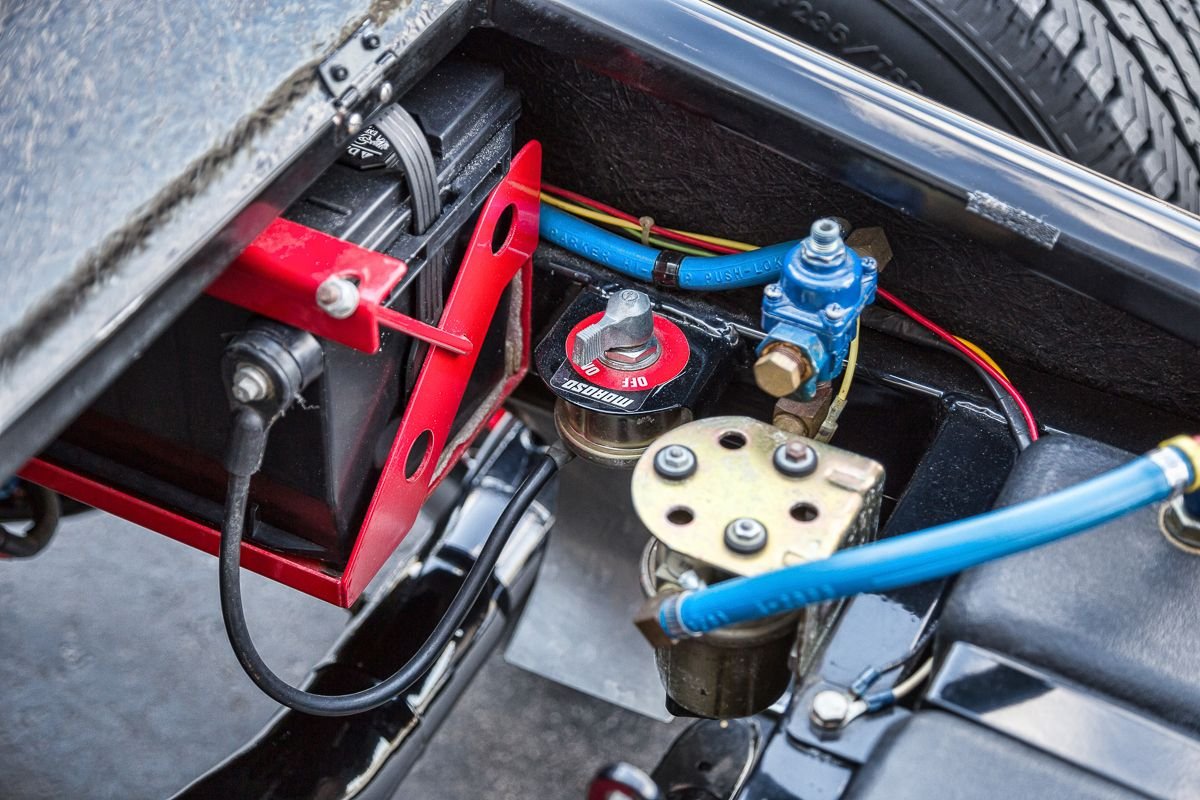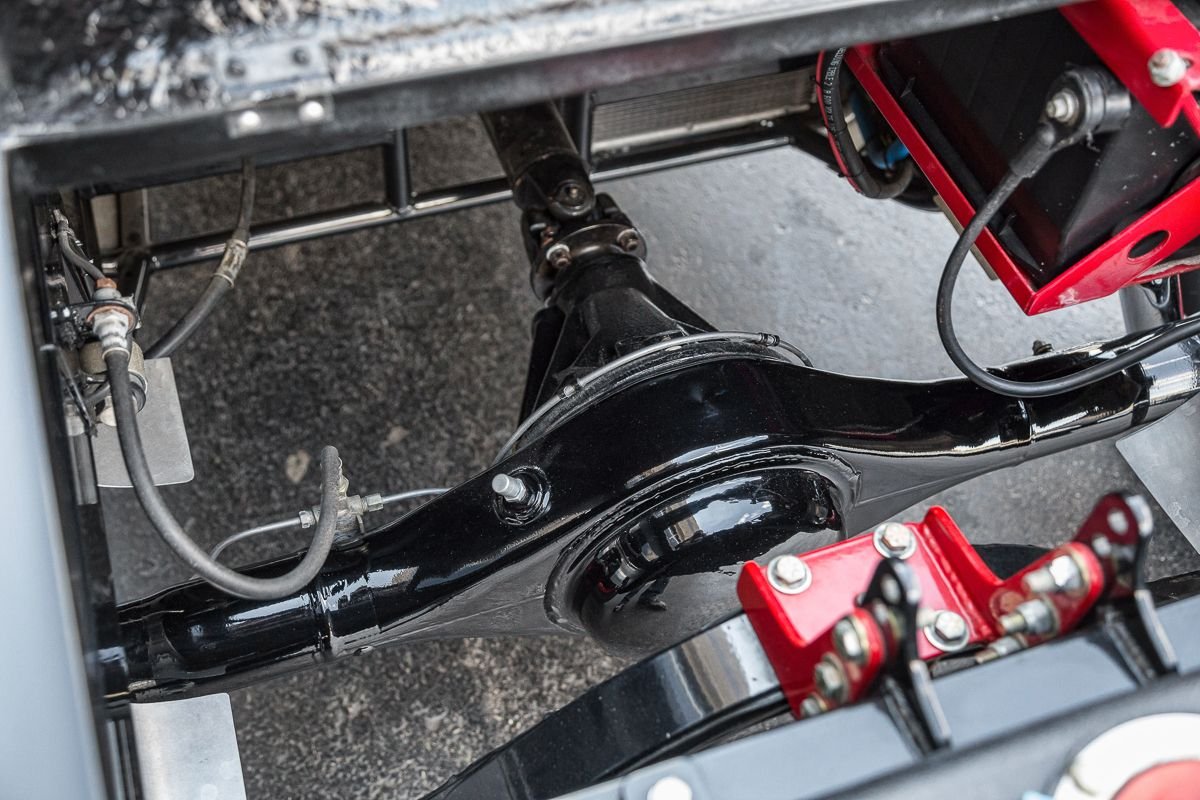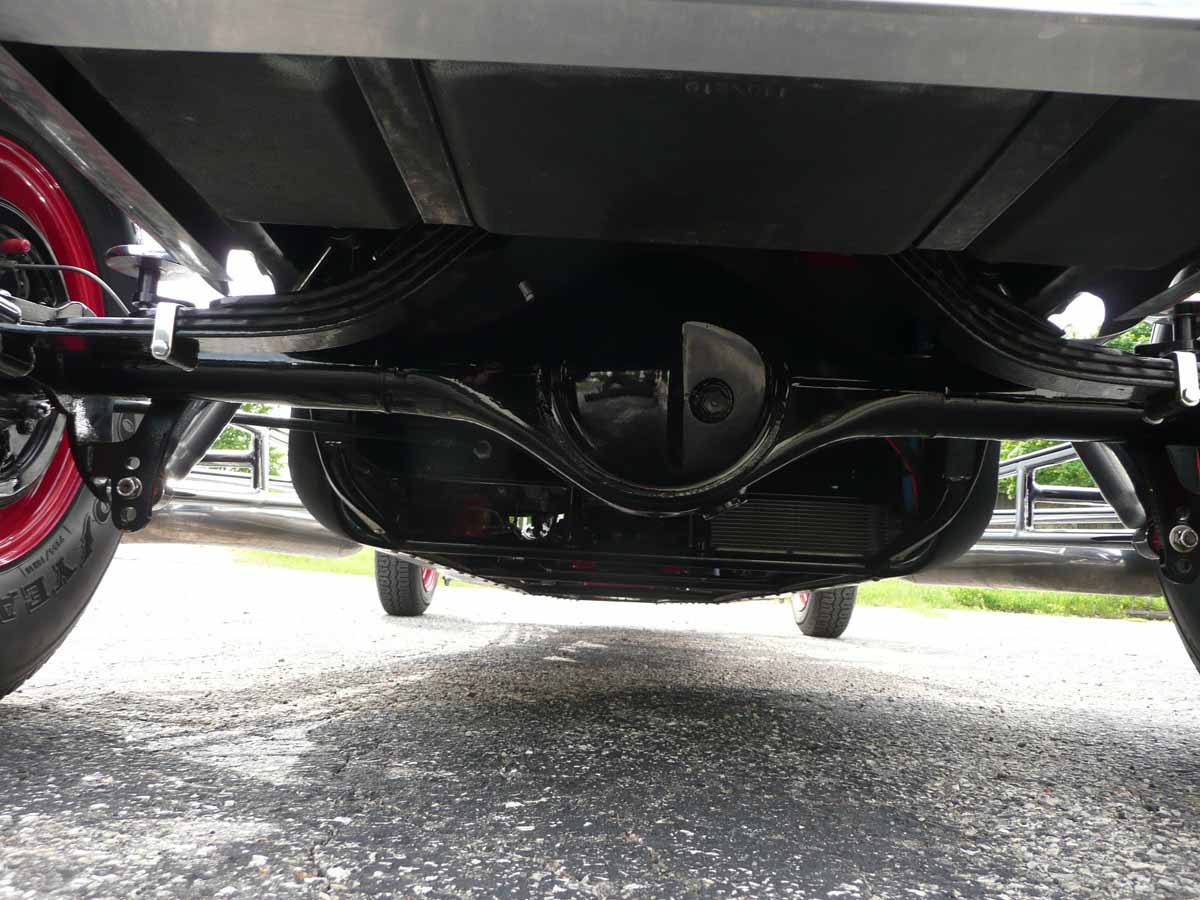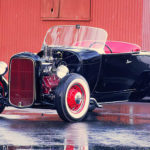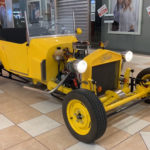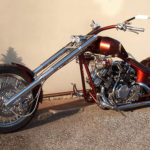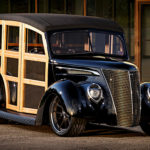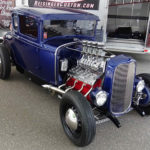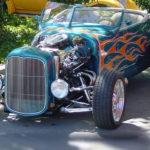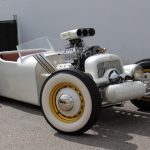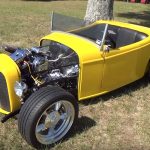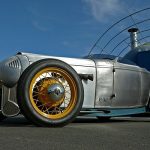A regular reader might say: But didn’t you just say a month ago that you wouldn‘t write about Japanese engines? Not really: in an article about a GAZ 24 named Venus, I wrote that I didn‘t want to write about cars with Japanese engines. But, nevertheless, whether I want to or not, the history of the automotive industry is still world history, and it is difficult to ignore such a stratum as Japan. By the way, there has already been one collision: Lexus IS 430 has been on our website for a long time, as I could not ignore the project in which Chip Fuz participated. So, there are certain nuances in this case, too; in short, exceptions happen, and this article is one of them. Get to the point.
So, the Japanese V8. How is it, what is it, how is it? I bet even among fans of tuners and JDM, only a few will be able to tell you exactly which engine is installed in the black hot rod in the title photo of this article. And there are quite logical reasons for that… but first things first.
The development of the automotive industry in the West and East
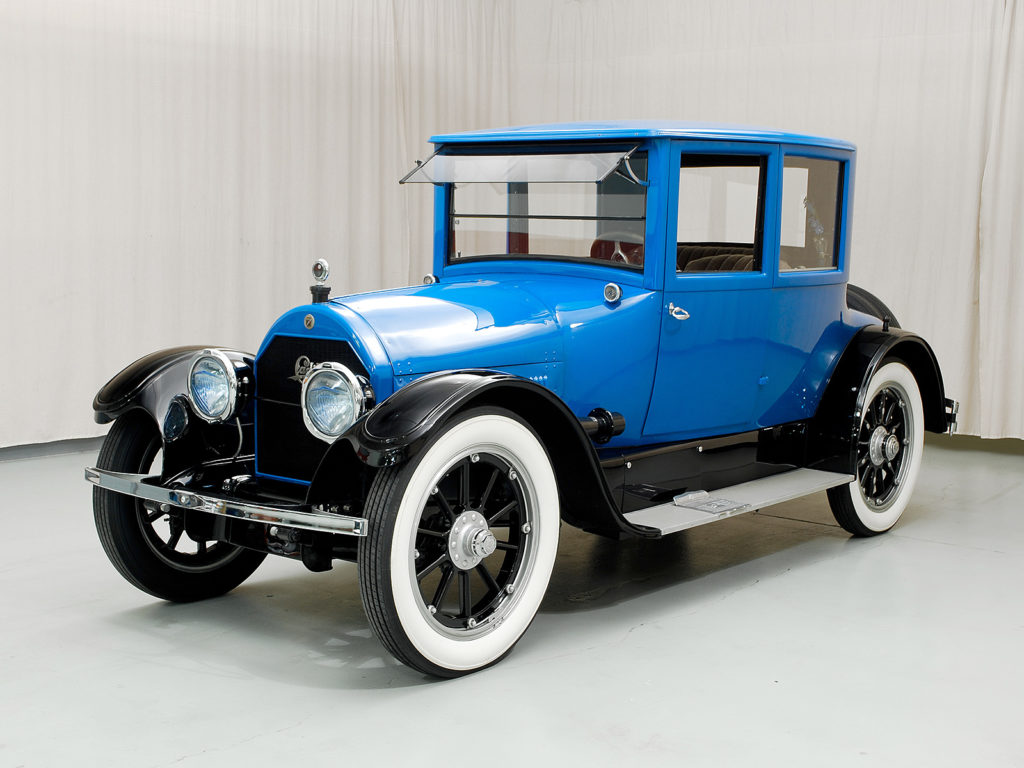
To understand exactly how it all turned out, it’s worth starting from afar; remember why Godzilla is under the hood in America, and milk cartons in Japan. And the thing is that in the USA, until the seventies, no one really touched either motorists or automakers. Everyone did what they wanted, and most of the people involved in the cars wanted to increase power in the simplest way – by increasing the volume of the engine. Fortunately, gasoline cost pennies. It was only when muscle cars appeared that their accessibility played a cruel joke on them: every second teenager suddenly began to buy a Dodge Charger with insurance and drove it exactly the distance from getting a driver’s license to the first pole, and therefore insurance companies suddenly began to lose a lot of money and urgently began to tighten the screws… and inflate prices. And almost at the same moment, the fuel crisis broke out. And then suddenly the government remembered what was left of the environment…
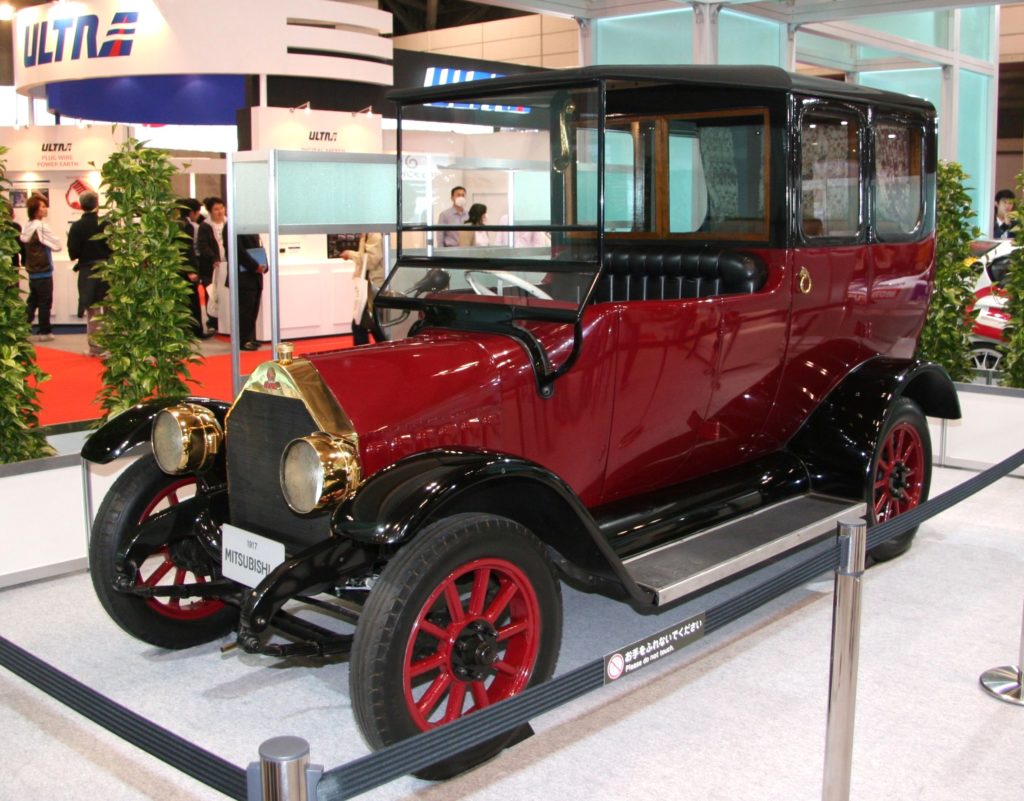
So, in Japan, things were somewhat different, starting with the fact that the automotive industry initially did not develop very rapidly. One of the first manufacturers was, for example, the now well-known Mitsubishi – and it should be mentioned that already in the first decade of the last century, Mitsubishi was a very huge crap, engaged in the construction of ships and airplanes, wholesale trade, insurance, banking, real estate and Yoshihito knows what else. So, this corporation saw a prospect in self-propelled carriages and decided to launch the Japanese automotive industry. Mitsubishi assembled its first Model A in 1918, after which the car was put on stream. In three years of production, the first mass-produced Japanese car was assembled in as many as 22 copies! After that, production was curtailed. And Mitsubishi liked assembling passenger cars so much that they wouldn’t assemble another one until 1960. And by the time the Datsun brand appeared, and Comrade Kiichiro Toyoda had just commuted the Chrysler Airflow and built his own first car, sixteen-cylinder Cadillacs were already rolling around America, because it was the 1930s.
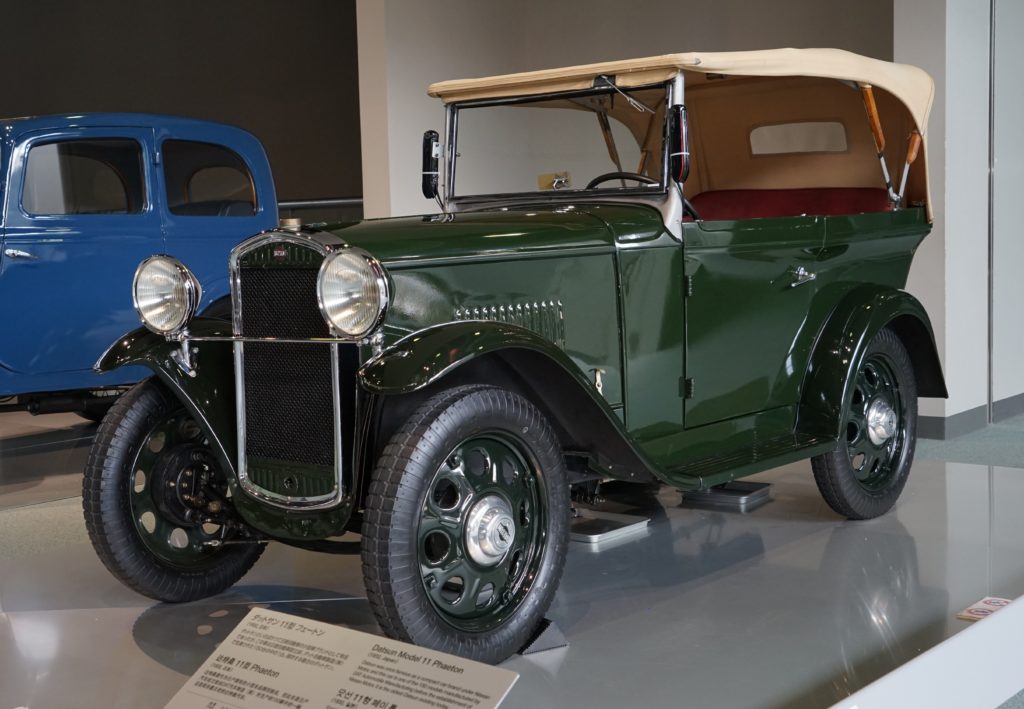
And Japan did not have time to somehow establish its car industry, as bombs rained down on them, which were sometimes even unusual and very innovative. Having become the first country in the world to experience nuclear cotton, Japan began to slowly recover. And I don’t know for what reasons – whether it was just that there was no money at all, or something else – but the Japanese government almost immediately, in 1950, imposed huge taxes on private cars, which depended, among other things, on the size of the engine. Wikipedia, for example, provides the following figures: 7,500 yen for all cars with an engine of less than two liters, 19,000 yen from two liters to four and a half – and so on incrementally. I will honestly say that Wikipedia does not indicate which year the figures are for, and I am not familiar with the cost of Japanese cars. But judging by the fact that even the most high-end engines of luxury cars did not exceed four liters in volume, the tax was very, very significant.
Actually, it was the most high-end luxury car engines that were the first Japanese V-eights, and that’s why I said that for sure, even among fans of tuners and drift, hardly many people recognize these engines: they do not belong to sports at all. While V8s appeared in Japan, the coolest sports cars – for example, the 1970 Mitsubishi Colt Galant GTO or the first generation of Skylines – had two-liter linear engines in the best trim levels. And the eight-cylinder V’s were invented to push the biggest slow cars that the richest Japanese people were sitting in.
The first Japanese V8
And so, when we finally figured out exactly how it happened, we can move on to the question of what exactly is in front of us. For a long time, there were only two V8 engines for passenger cars in Japan: the Nissan Y and the Toyota V. The first of them had a volume of 4 liters, was invented for a car called the Nissan President, along with which it was produced from 1965 to 90 with minimal changes. The Toyota V has a slightly more interesting history: originally created for the Toyota Crown Eight model, with a volume of only 2.6 liters, it existed in this form only from the 64th to the 67th year, after which it increased to three liters and moved to the Toyota Century, where it remained until the 97th year. But while the Toyota Century remained essentially the same in appearance, the engine under its hood steadily continued to grow – and the increase in volume of the Toyota V seems to perfectly illustrate the strengthening of Japan’s automotive culture as a whole. In the 73rd year, the engine grew to a size of 3.4 liters, and in the 83rd – to all four, and it was in this volume that it existed until the very end of production, which happened in the 97th year.
“Okay,” you say. – “Super. By the 65th year, the Japanese were able to assemble a four-liter V8. Bravo. What is this shit doing in my hot rod?”
In principle, you will be right. Indeed, how can a four-liter engine attract participants in a scene where the size of even the so-called “small blocks” of four is just beginning? In particular, the Nissan Y went unnoticed. But the Toyota V turned out to be not such a simple engine. The thing is, Toyota’s engine is Hemi.
Yes, yes, this is the same Hemi that is in American monstrous elephants. Hemispherical combustion chambers 426 Hemi, Dodge Challenger, Plymouth Barracuda… and the Toyota V is all the same kind of berry. And I’m not exaggerating.: here we must remember that the American Hemi also did not immediately grow to seven liters.It was preceded by the Chrysler FirePower (51st year, 5.4 liters), DeSoto FireDome (52nd year, 4.5 liters) and Dodge Red Ram (53rd year, 4 liters) models. And we are especially interested in the Dodge Red Ram: gradually increasing in volume, the Red Ram was produced until 1957, and after Chrysler removed the engine from the market, Toyota bought several engines, as well as some tools for its production. Without a doubt, it was on the basis of the Red Sheep that Toyota developed its own Hemi. So the American seven-liter elephant and the Japanese bonsai naturally have the same ancestor.
And it’s worth emphasizing that Toyota made its own engine. Moreover, it is known that Yamaha was also involved in the case, and together the Japanese created a very distinctive engine. With American roots, but with a Japanese touch. And if all this information is not enough to interest you, the Toyota V is also entirely aluminum. So it turns out an engine that may not be very powerful, but it’s damn light – and this is already very, very interesting for hot rodders. Especially considering that the word “Hemi” sounds like a siren call to fans of speed.
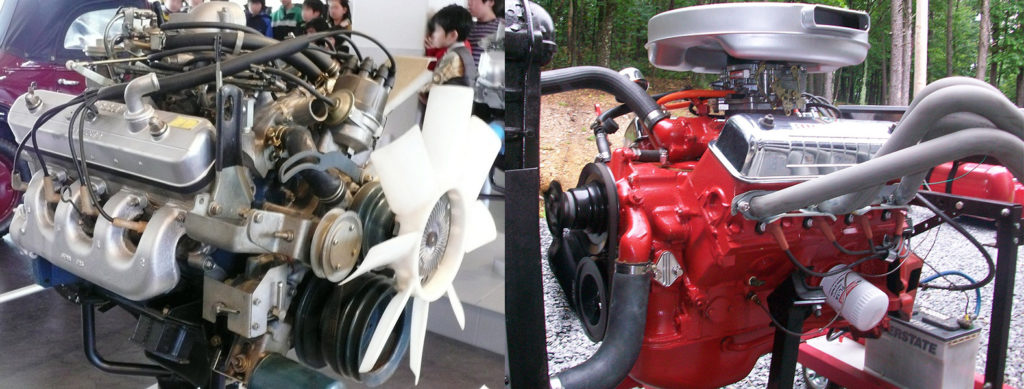
Outside Japan
It remains to consider only the last question: how did they learn about Japanese engines created for the domestic market, and even for the elite, before the advent of the Internet, on the custom scene? The answer to this riddle can be found on page 182 of the Complete Chrysler Hemi Engine Manual, which is available to everyone on the Internet Archive website. It turned out to be quite simple: some diplomats and other bigwigs liked their cars with V-shaped eights so much that they took them abroad with them. In particular, to Australia, where they caught the eye of fans of American custom designs. At least two names are mentioned. Firstly, Ian “Lifi” Liefman, who was even able to order several Japanese engines separately from cars, built a certain number of hot rods around them, and as a result learned everything about Japanese engines – which parts can be replaced with parts from other Hemi, which transmissions can be customized to Toyota, how to connect supercharging, turbocharging and so on. And secondly, his partner in hooliganism, Rod Hadfield, who directly manufactures a variety of useful parts, such as adapter plates for connecting Japanese engines to different transmissions. The book even contains addresses and phone numbers: (61) 7388 93269 Ian and (03) 5472 2853 Rod – yes, the book was released 25 years ago, and in general, hardly anyone would need these contacts, but at the same time, you never know… In general, I thought it necessary to specify.
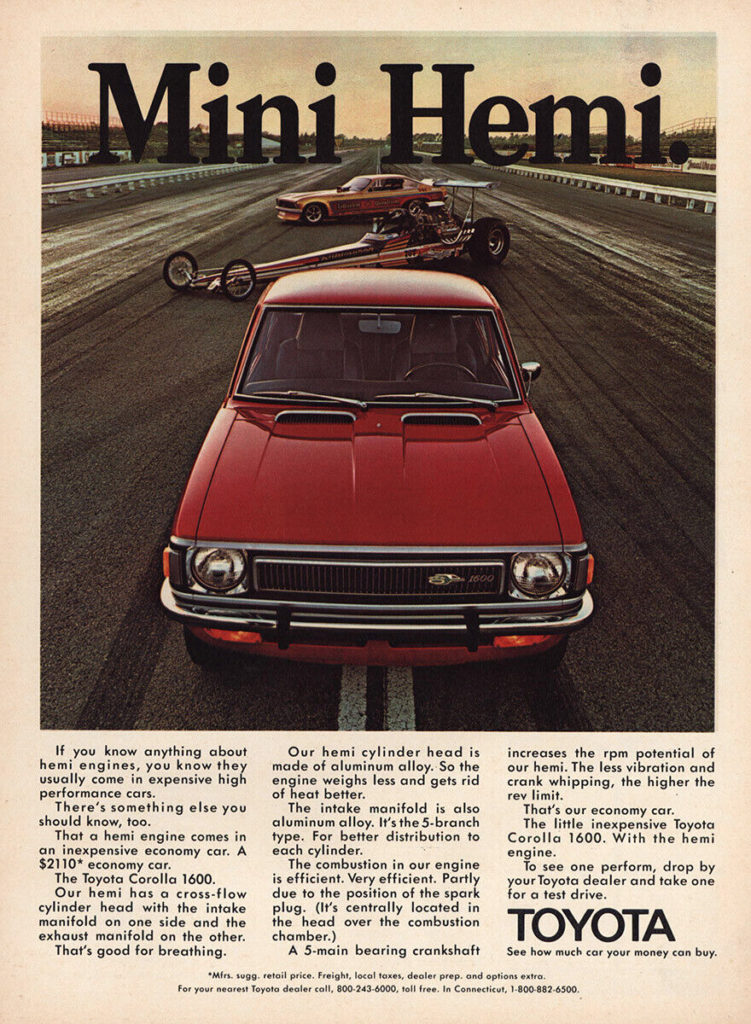
So, this is the history of V8 engines in Japan. And our hot rod is a 1923 Ford body on a custom frame. The filling is a lot of Toyota. The largest, four-liter Japanese engine is connected to the Toyota A40 automatic transmission. The rear gearbox and steering gear are also Toyota. The intake and exhaust systems are custom. And anyway, from the entire list of parts, the only American brands here are the four-chamber Weber carburetor from Edelbrock, Wilwood disc brakes, radiator, tires and discs. Everything else is either custom or Japanese. All in all, it’s a great exotic hot rod. And yes, the Japanese eight sounds at 110 percent – fortunately we have a video.
In short, in the end, I definitely like the Toyota V engine. If Japan had more similar engines, who knows, maybe I wouldn’t squint so much looking towards the rising sun. But, unfortunately, specifically with this type of engine in the east, it turned out to be one-on-one like in the Soviet Union: the V-shaped eights went to the rich and members of all governments, while the common people got much more modest engines. At least the Japanese had sports engines. And the designs were more interesting than the Fiat copies. However, these are all past days, so… Let’s just hope that in the future everything will somehow turn out all right, and we’ll all get some more buttermilk. Or AE86, if you’re still leaning towards dorifot, bosozoku, and other hentai.
